Concepts and Essentials of Torts
Understanding the fundamentals of tort law
Introduction
A tort is defined as a wrong independent of a contract that leads to a civil remedy, allowing for compensation recovery.
The word "tort" comes from the Latin term "tortum," meaning twisted. According to Salmond, "A tort is a civil wrong for which the remedy is a common law action for unliquidated damages, and which is not exclusively the breach of a contract or breach of trust or other merely equitable obligation." On the other hand, Winfield stated, "Tortuous liability arises from the breach of duty primarily fixed by law; this duty is towards persons generally, and its breach is redressable by an action for unliquidated damages."
Essential Elements of Torts
Wrongful Act
A person commits a wrongful act when they fail to fulfill a legal duty, causing harm to the victim. This act infringes on the victim's rights, such as good reputation, bodily safety, and legal rights.
Legal Damage
There's a distinction between legal damage and actual damage. In tort law, "injuria sine damno" (injury without damage) is actionable, whereas "damnum sine injuria" (damage without injury) is not.
For example, in Ashby v. White, the plaintiff was denied the right to vote and was awarded damages despite no actual harm. Conversely, in the Gloucester Grammar School Case, the plaintiff received no compensation as there was no legal injury despite economic loss.
Legal Remedy
For a tort to exist, the damage must be actionable, meaning there must be a legal remedy available.
Some General Elements of Torts
- Act or Omission: A tort requires a wrongful act, which can be an act of omission or commission, within human control.
- Voluntary or Involuntary: The wrongful act can be either voluntary or involuntary.
- Intention, Motive, Negligence, and Recklessness: The act may be intentional, motivated, negligent, or reckless.
- Malice: While not essential in all torts, malice is crucial in cases like defamation, malicious prosecution, malicious damage to property, and slander.
- Malfeasance, Misfeasance, Nonfeasance: Malfeasance refers to the commission of an unlawful act. Misfeasance means performing a lawful act improperly. Nonfeasance is the failure to act where there is an obligation.
- Fault: A fault that infringes on a person's rights can lead to a tort.
Difference Between Tort and Contract
- Consent: Free consent is necessary for a contract, whereas a tort occurs without consent.
- Privity: There is no doctrine of privity in tort law, unlike in contracts where it is essential.
- Nature of Rights: A tort involves a violation of rights in rem (against the world), while a breach of contract concerns rights in personam (against a specific person).
- Motive: Motive may be considered in tort cases but not in contract cases.
- Damages: Damages in tort cases are not strictly limited, while in contract breaches, they are often predetermined by the parties.
Difference Between Tort and Crime
- Impact: A tort affects the private rights of an individual, while a crime affects society as a whole.
- Remedy: In tort cases, compensation is sought from the wrongdoer, whereas in criminal cases, the wrongdoer is punished by the state.
- Action: In tort cases, the injured party initiates the action, whereas, in criminal cases, the state conducts the proceedings.
Conclusion
In summary, a tort is a civil wrong that leads to civil proceedings. It involves the infringement of an individual's rights, and the wrongdoer must compensate the victim.
Share
Tags
Archive
Popular & Recent Post
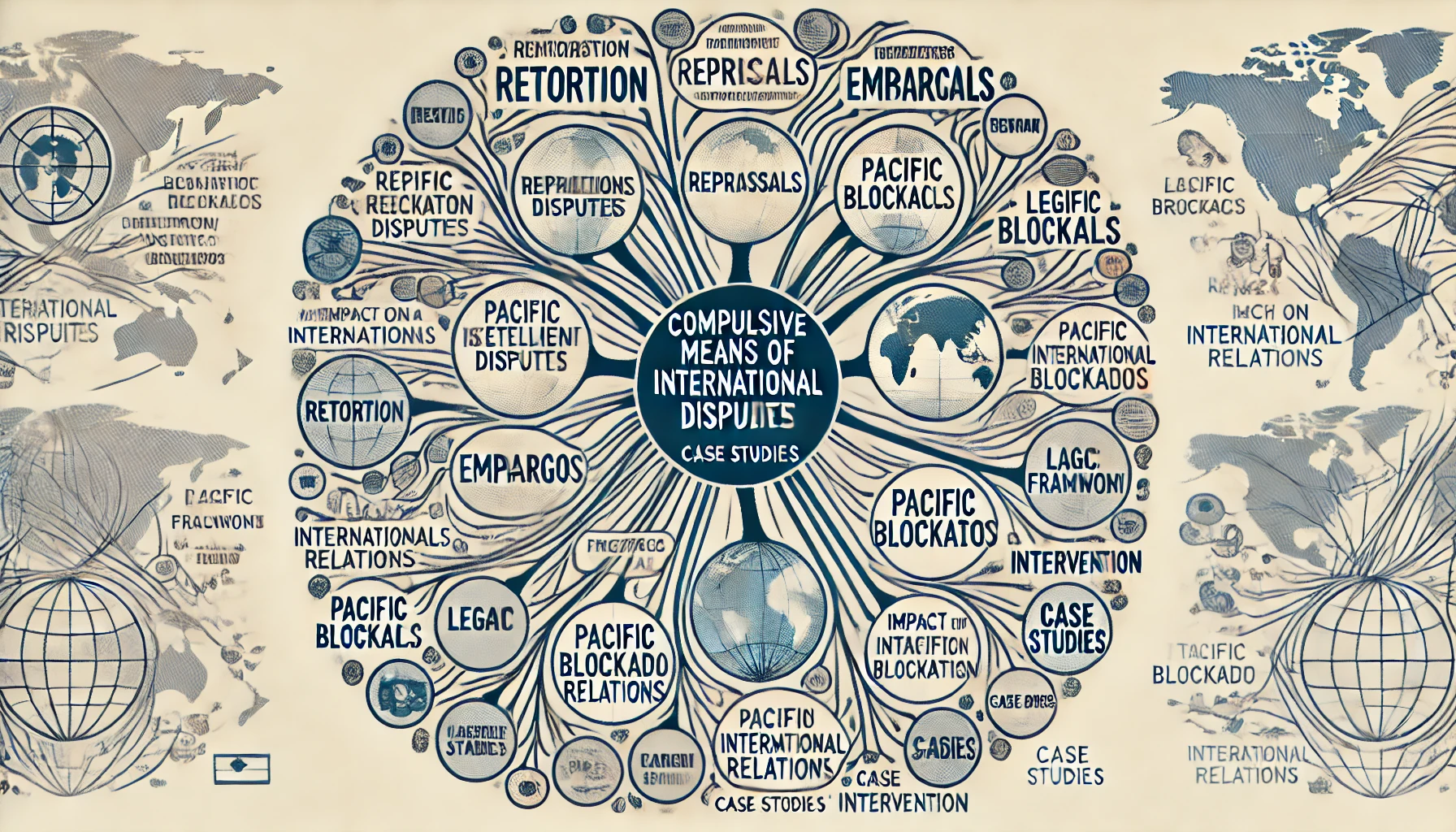



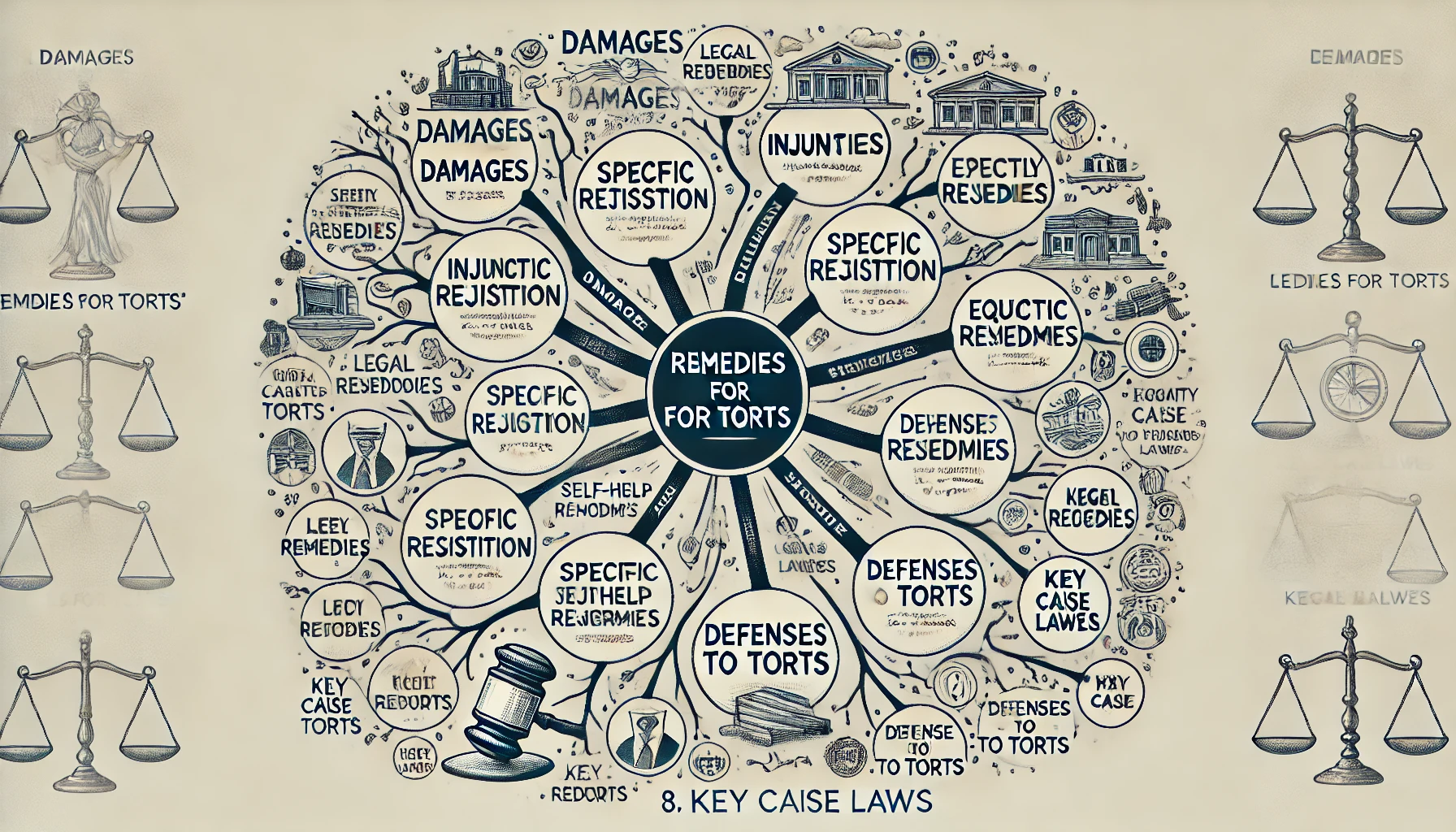

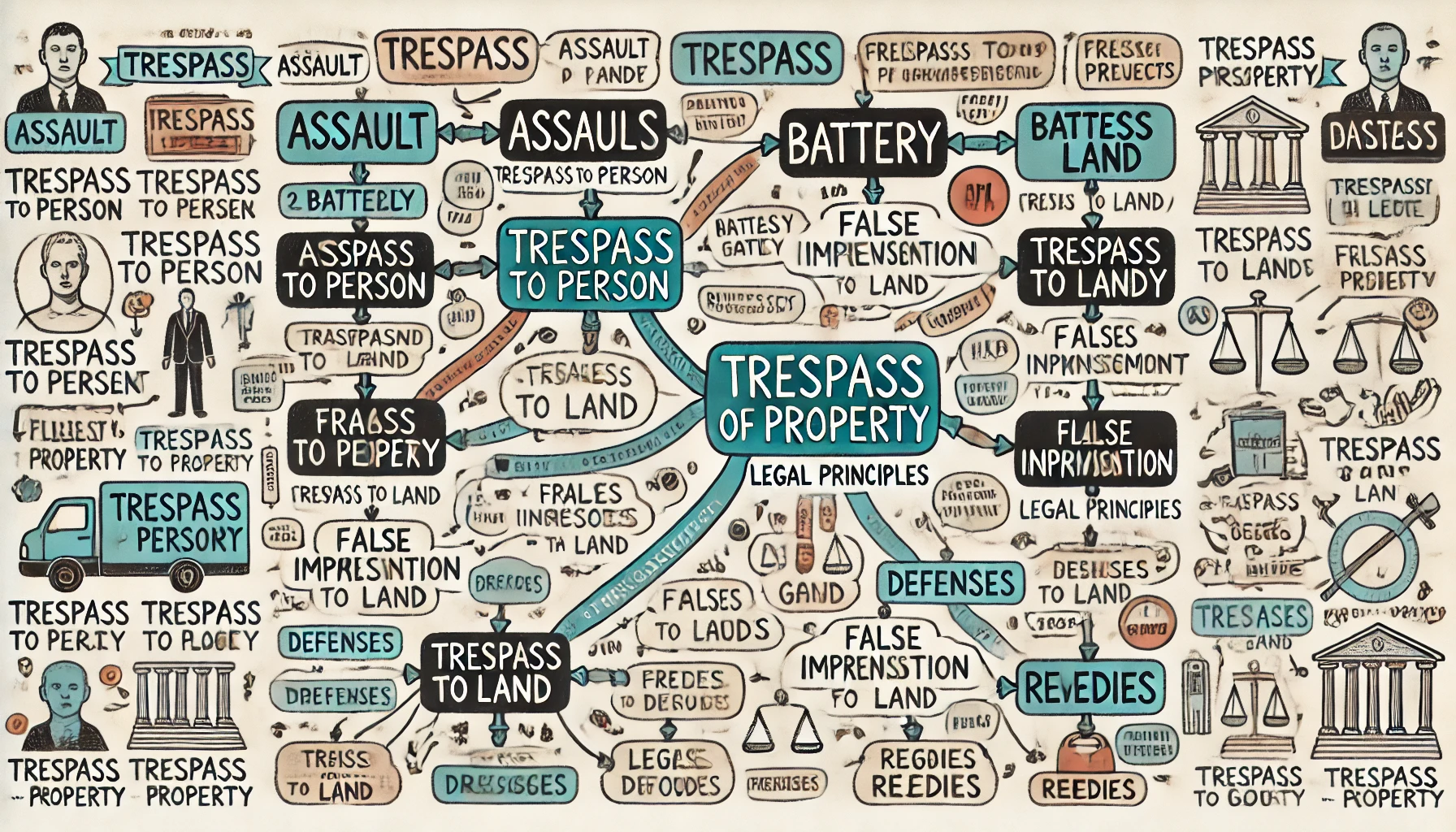
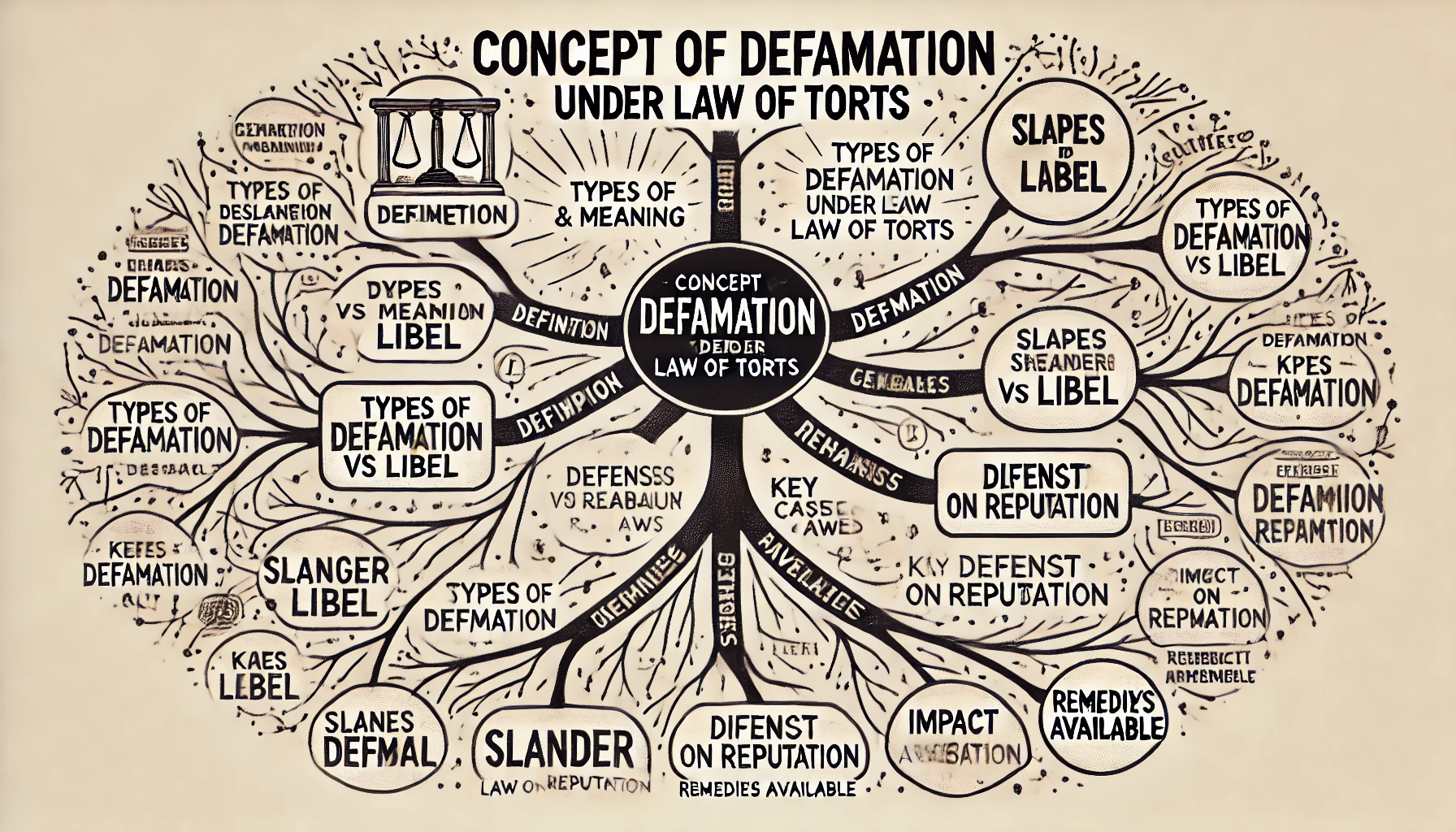
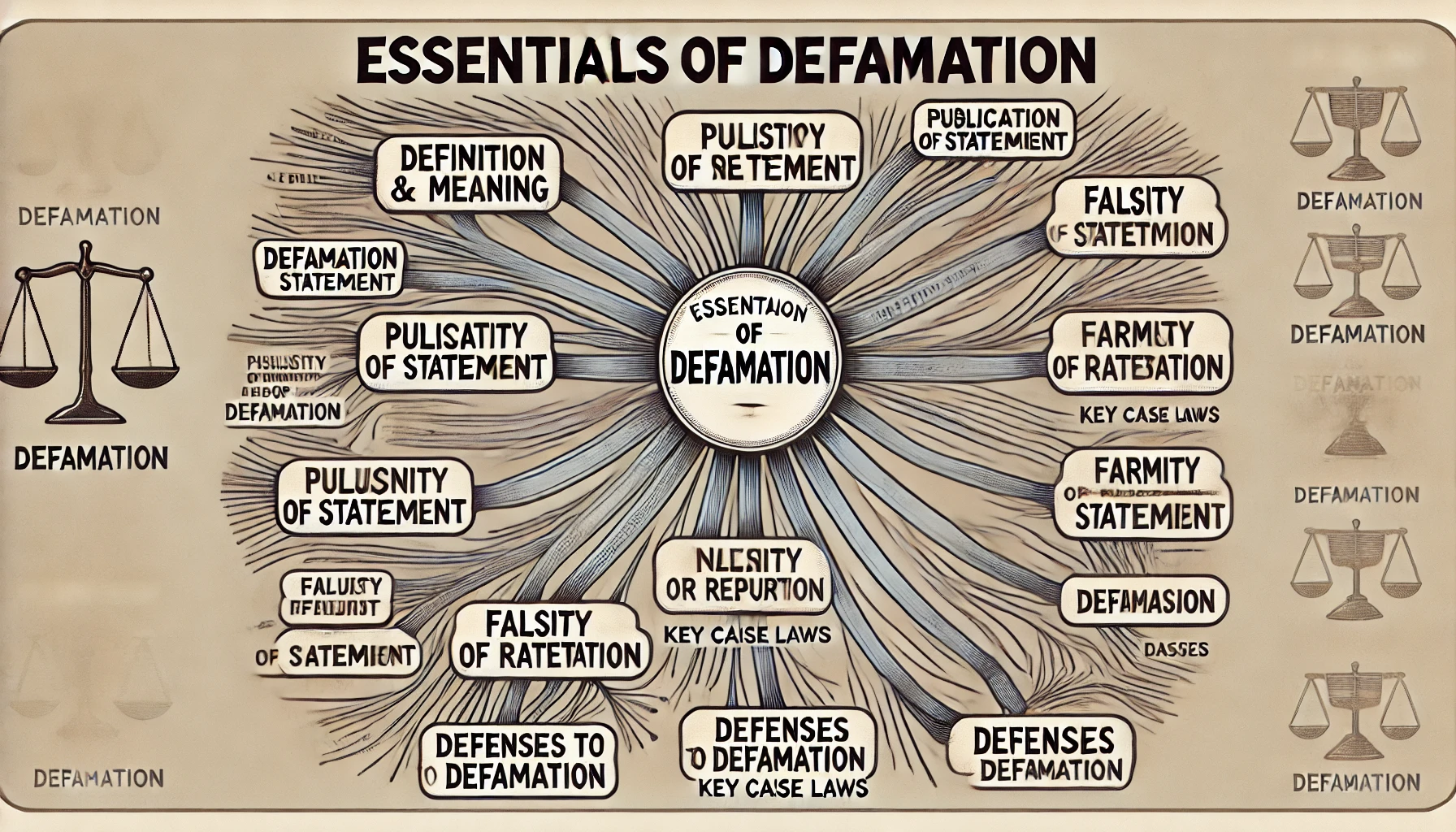
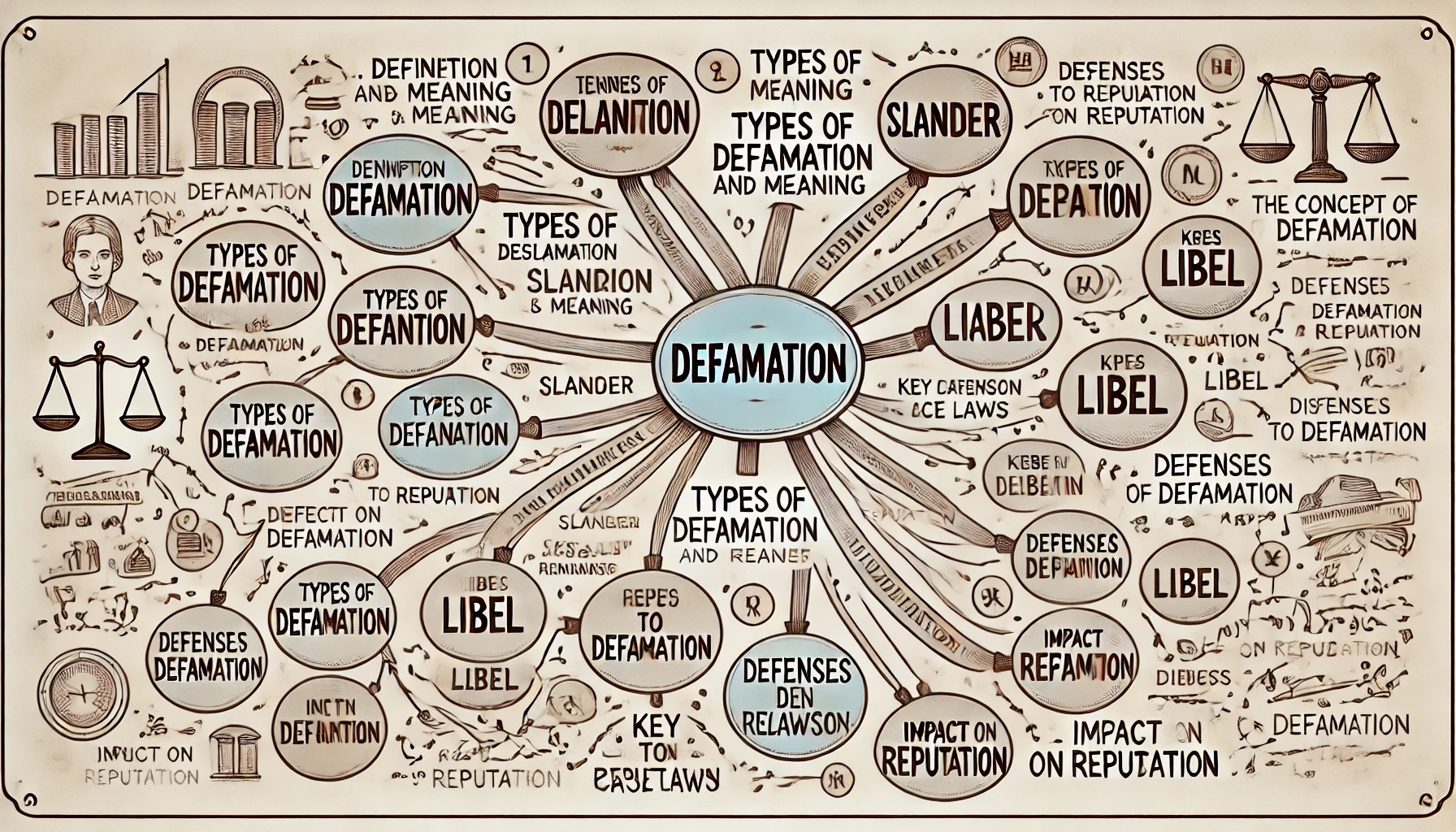

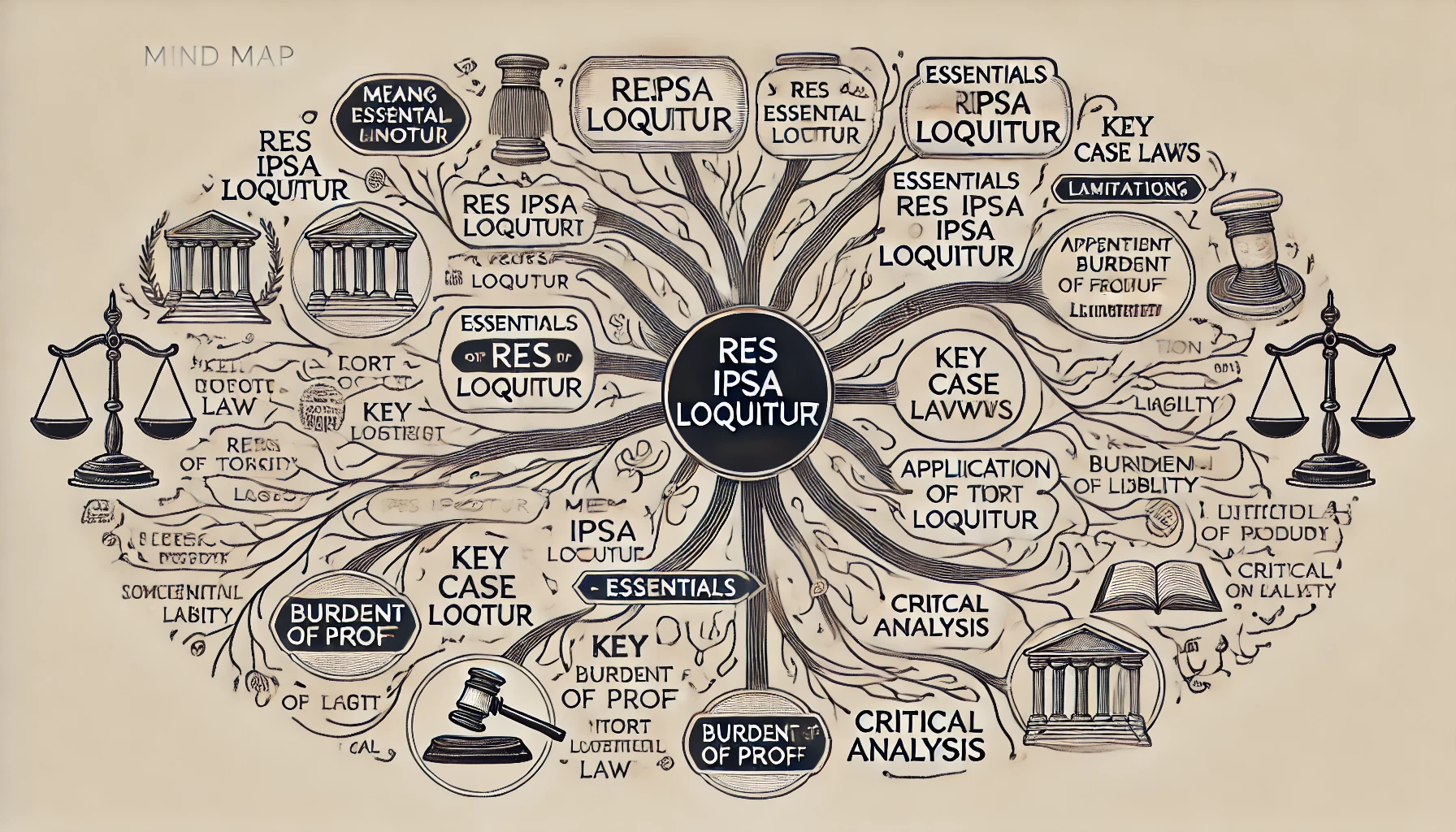
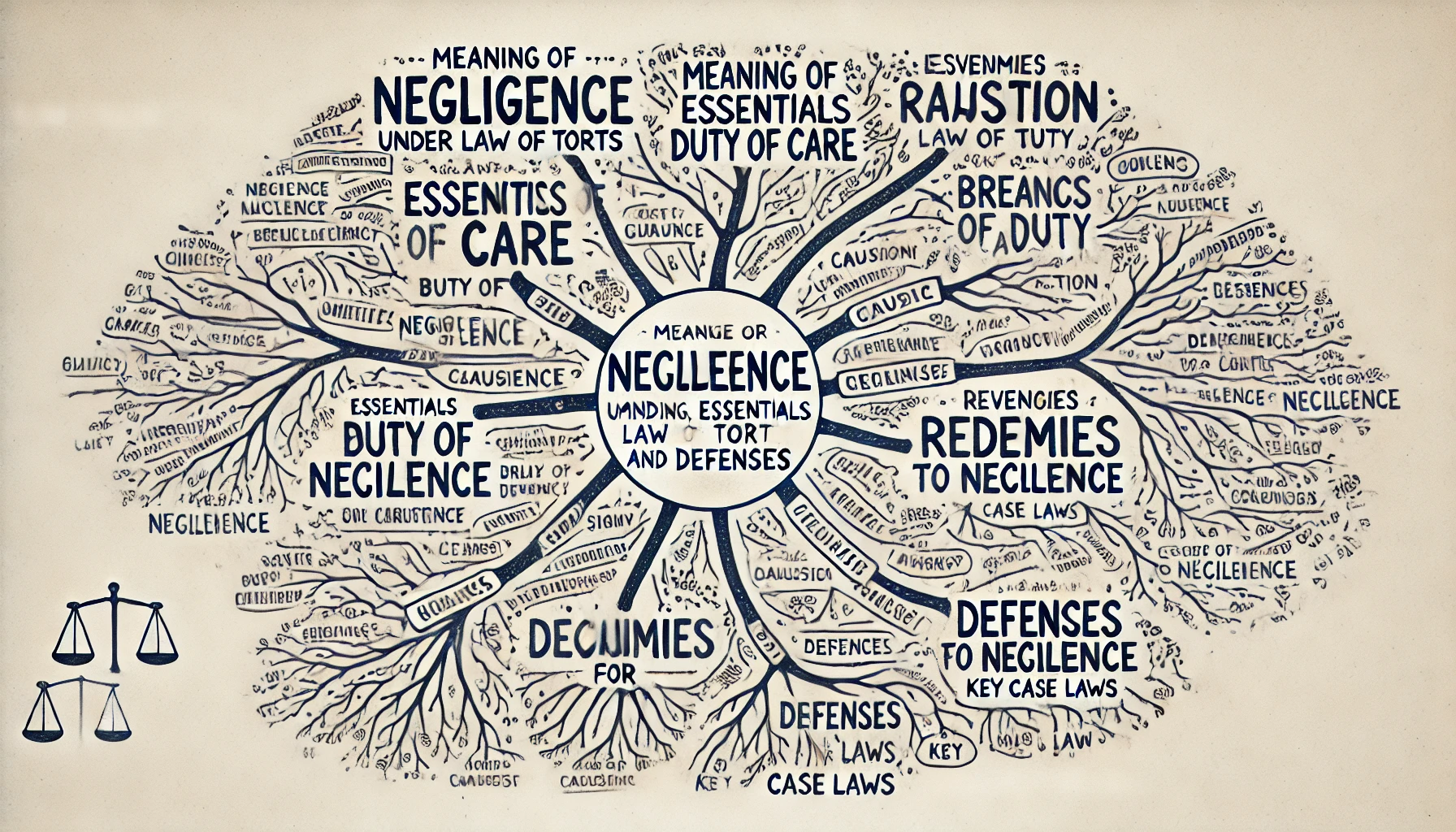
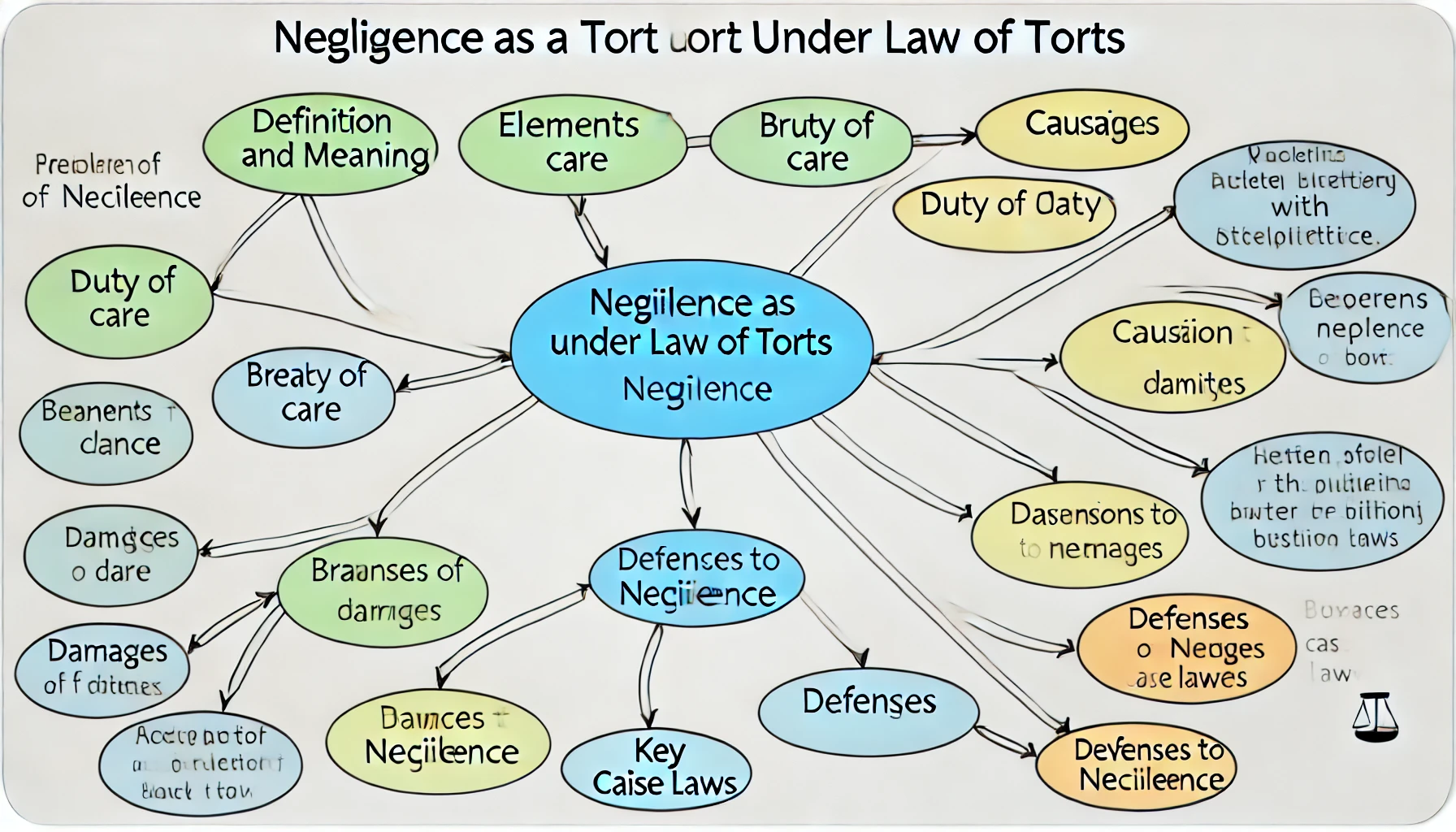
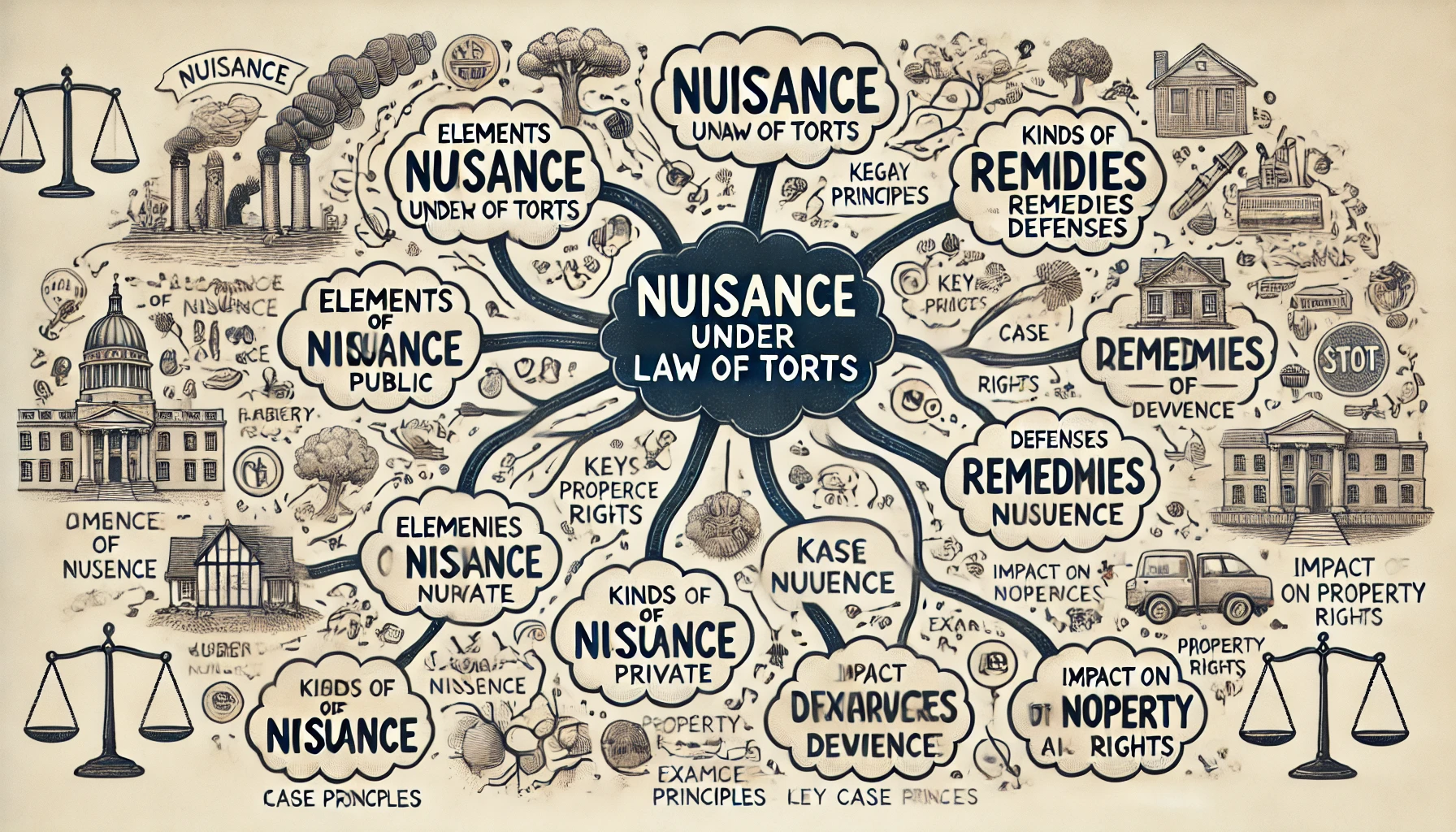
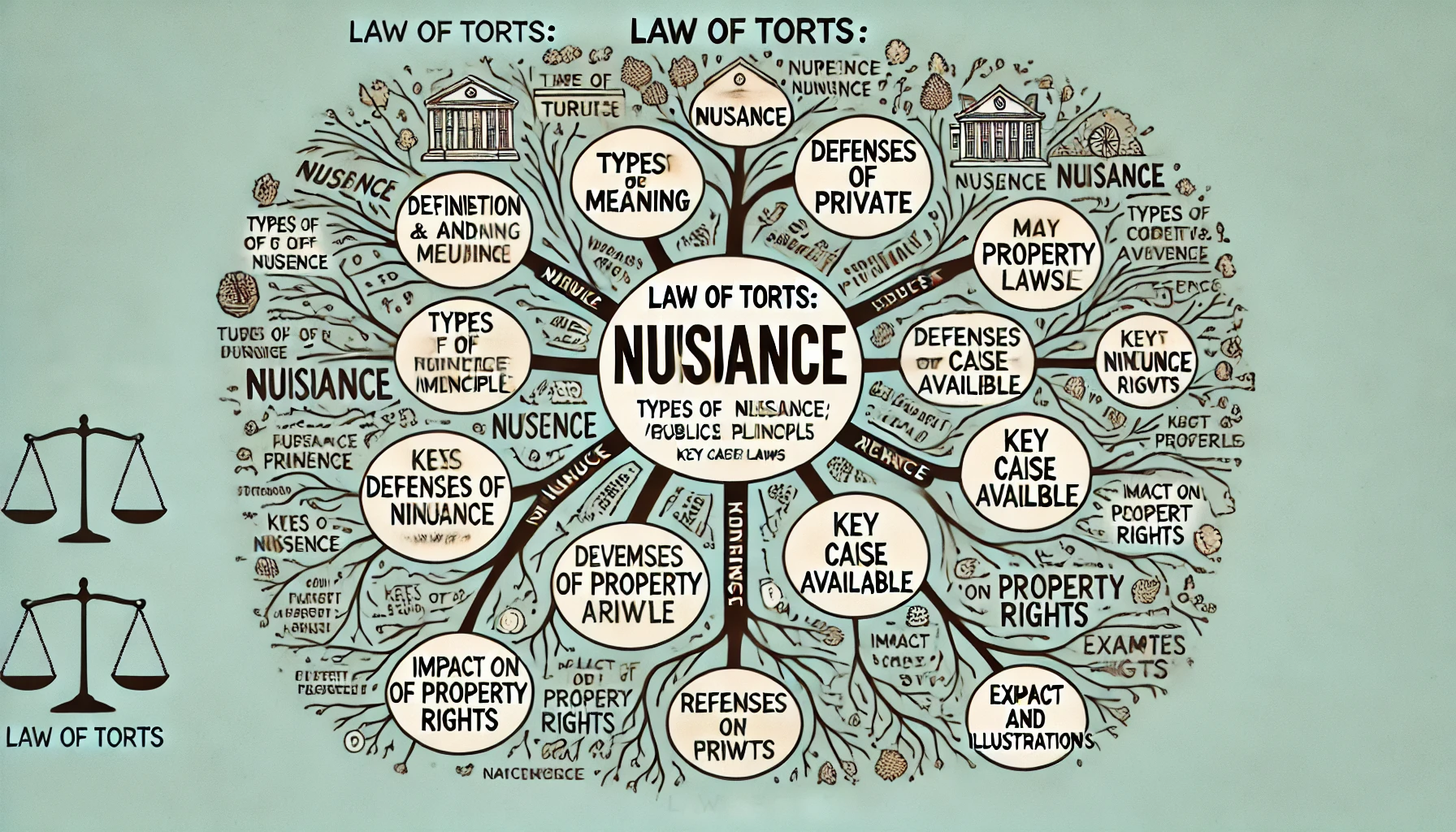
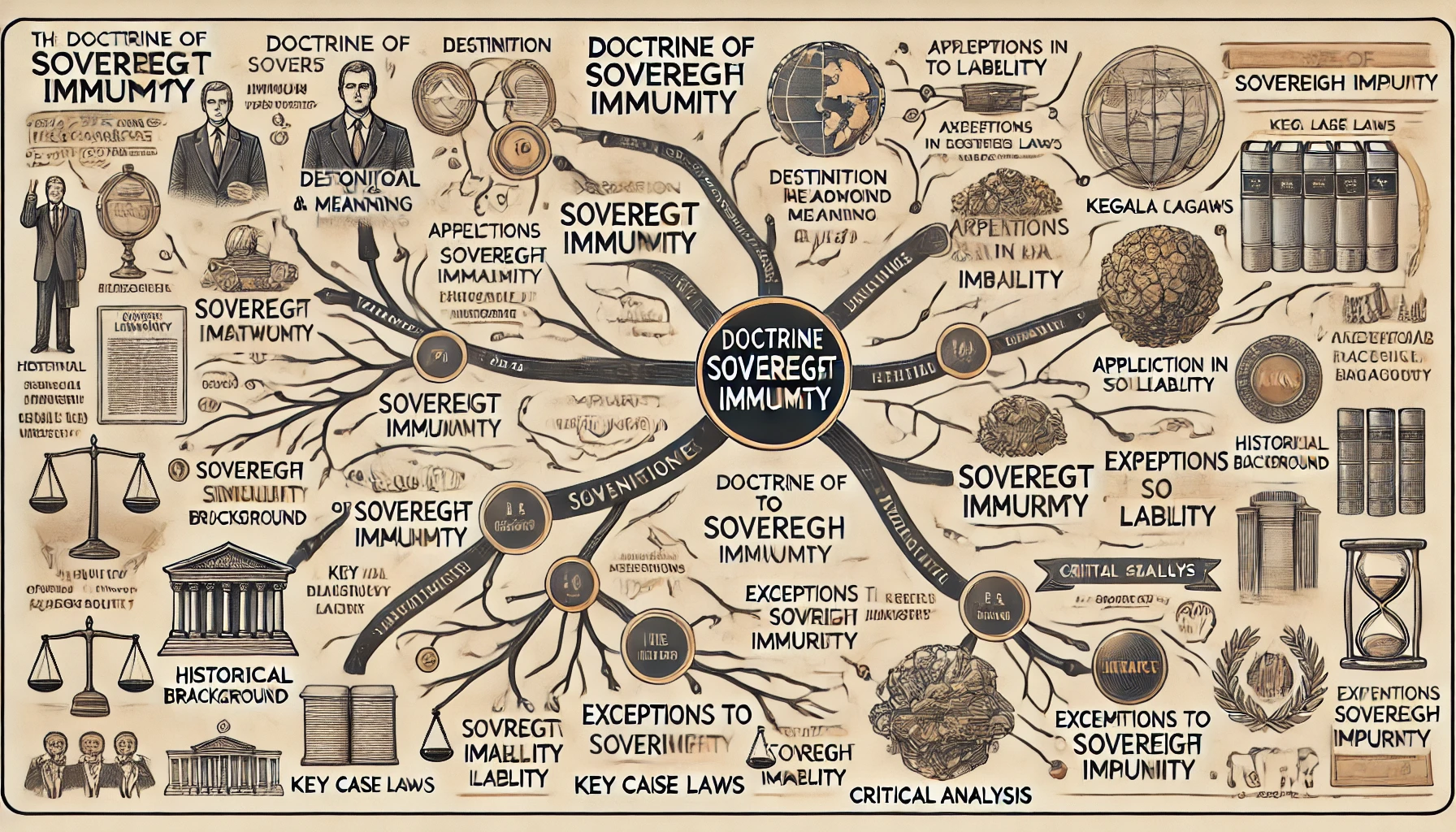
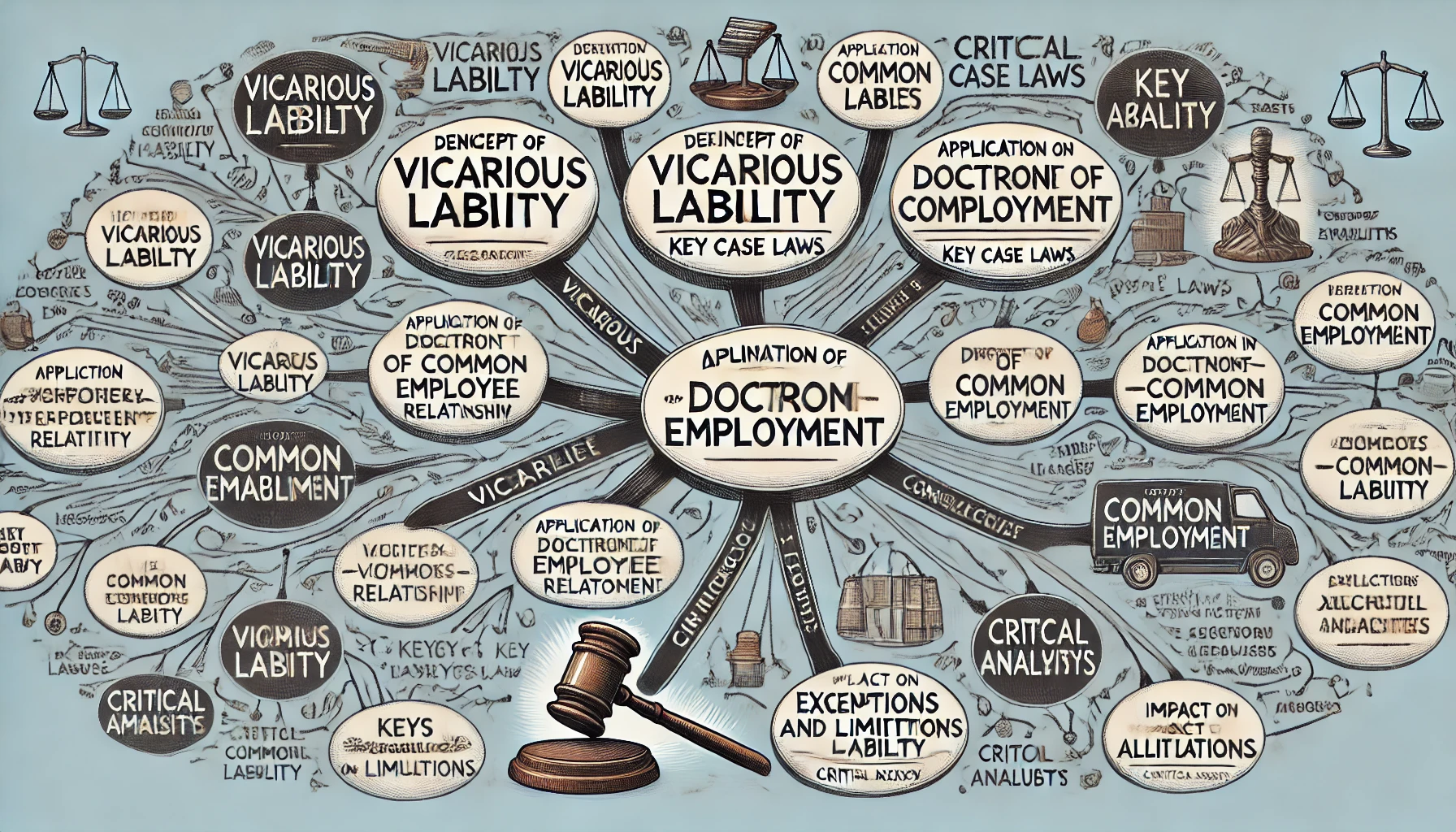

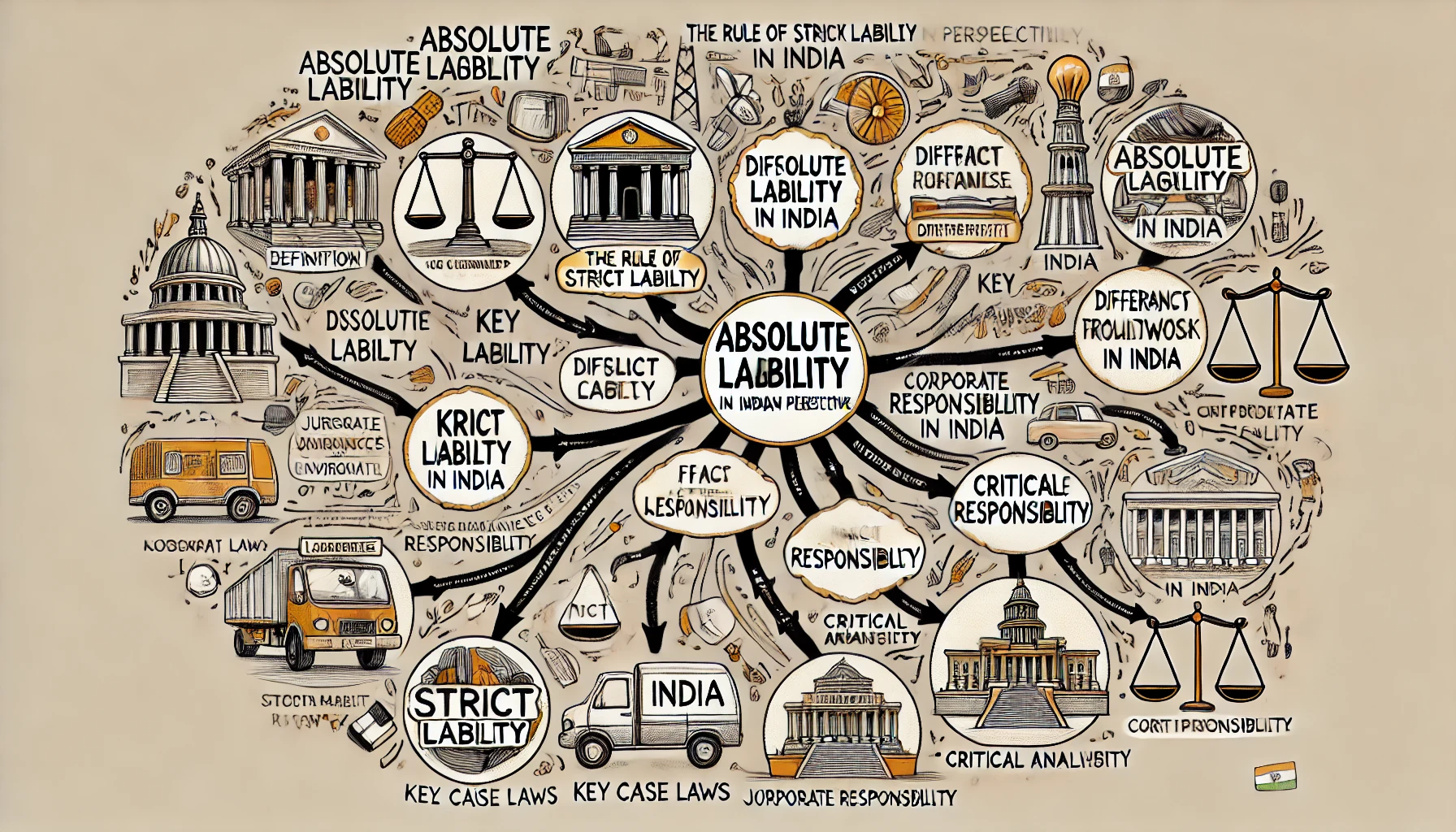
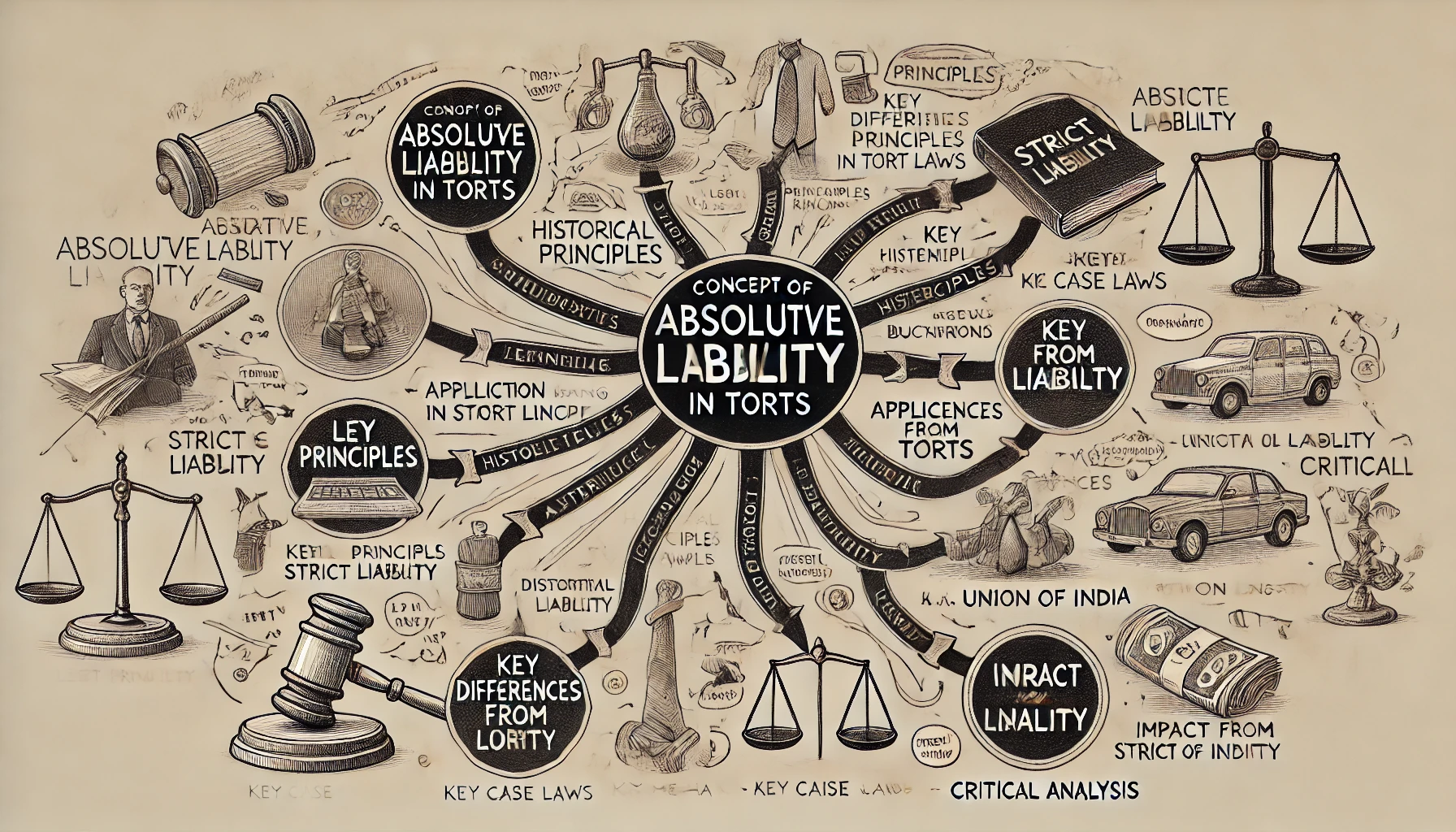
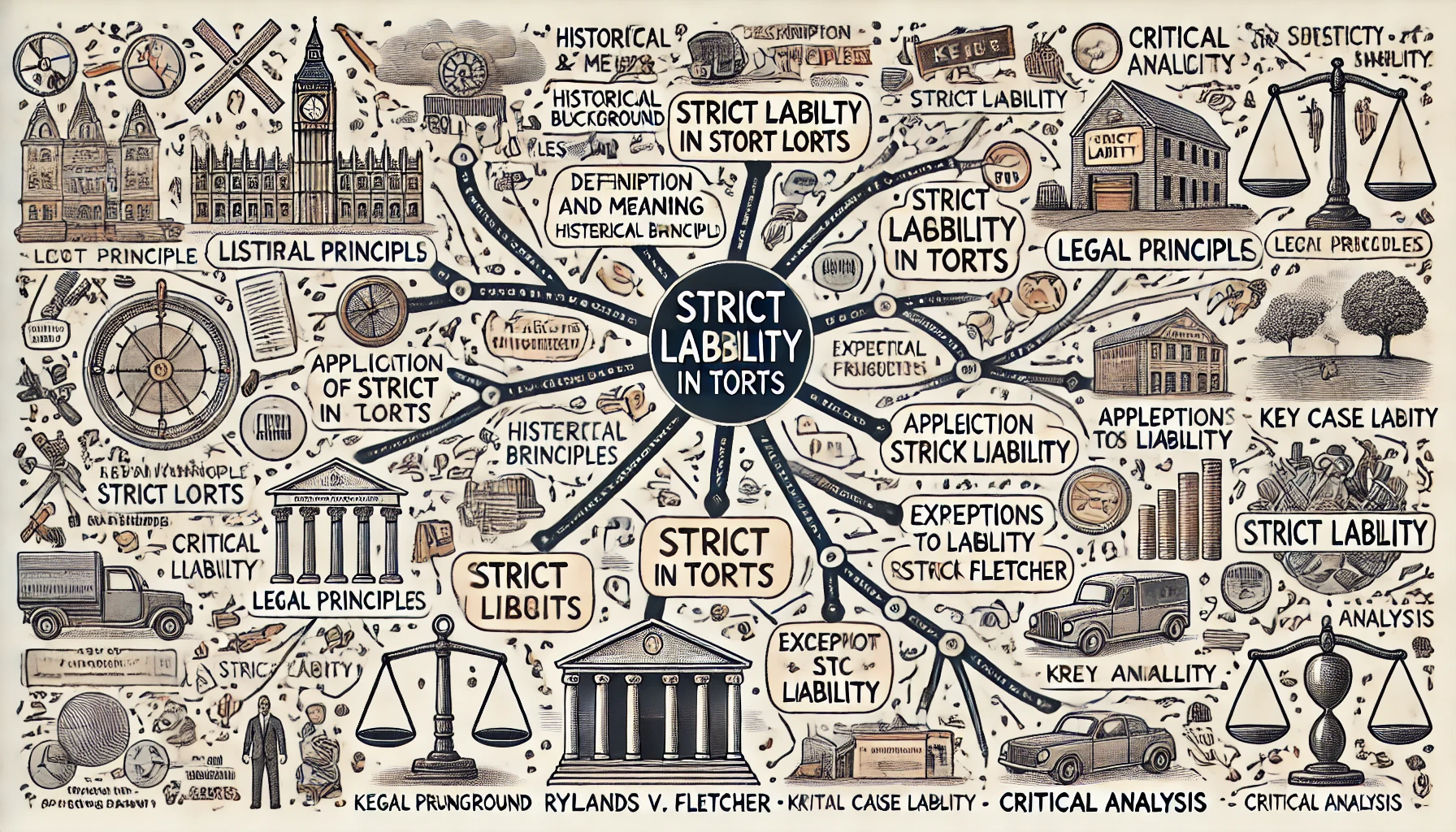

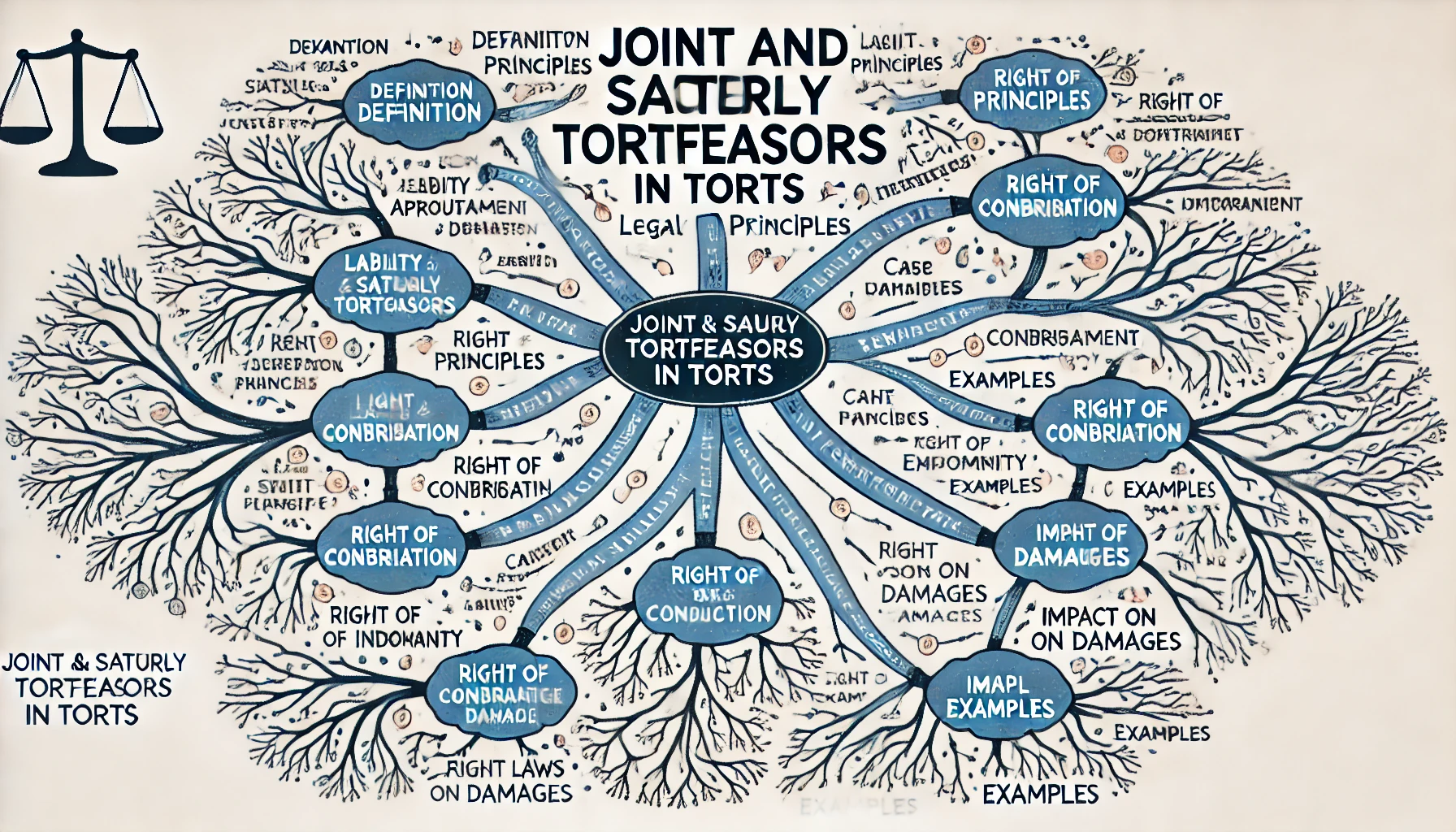
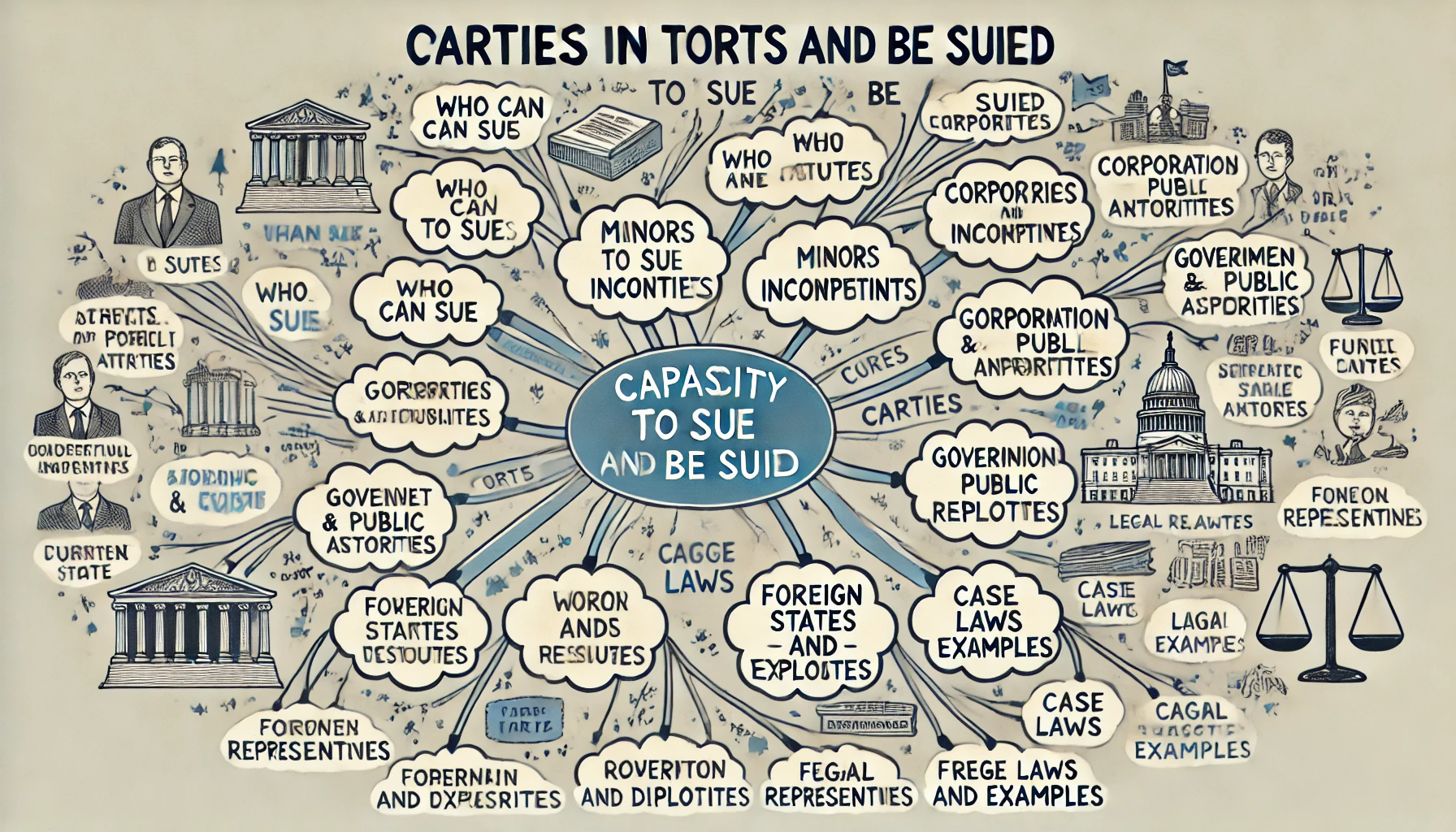
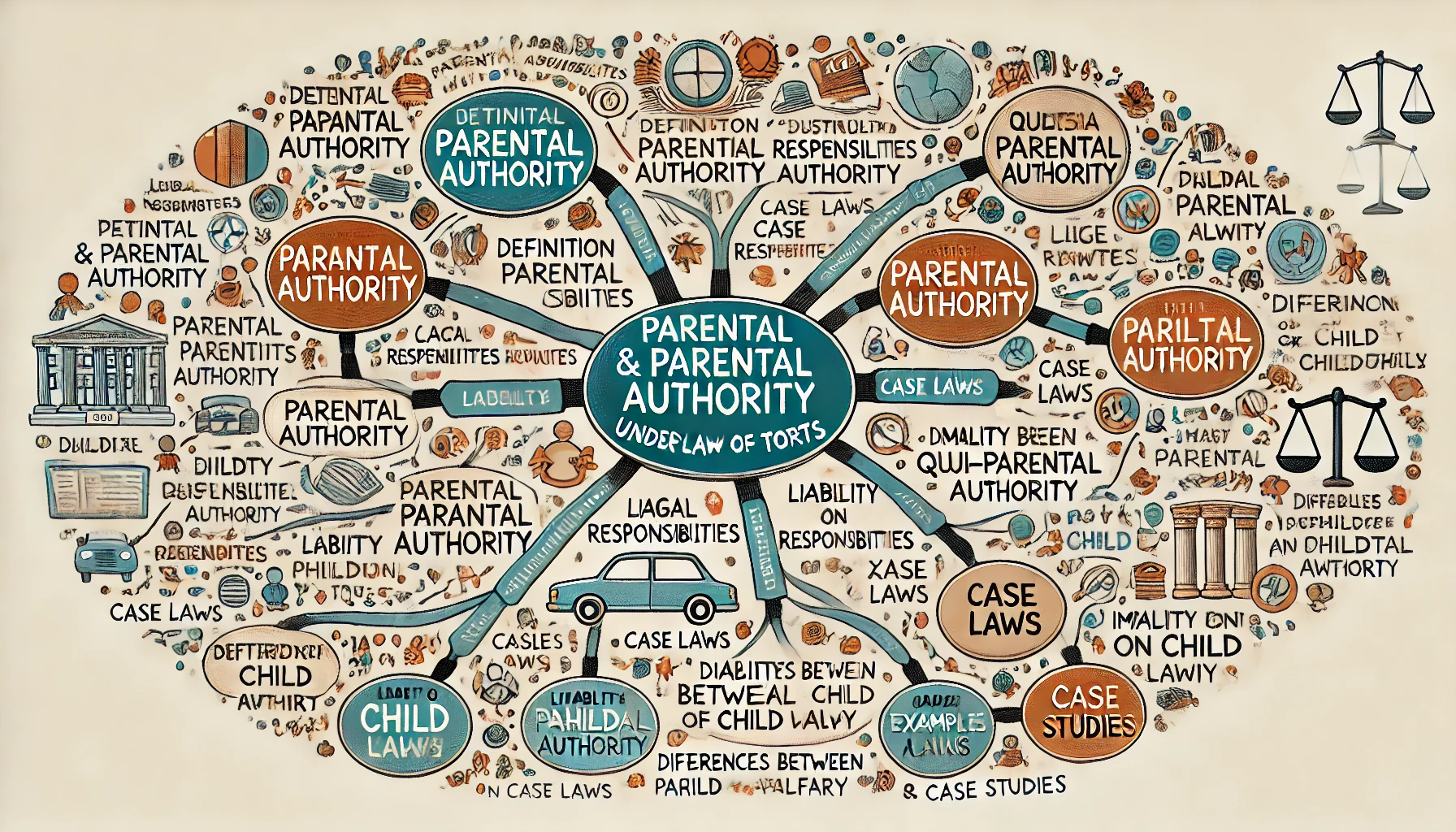
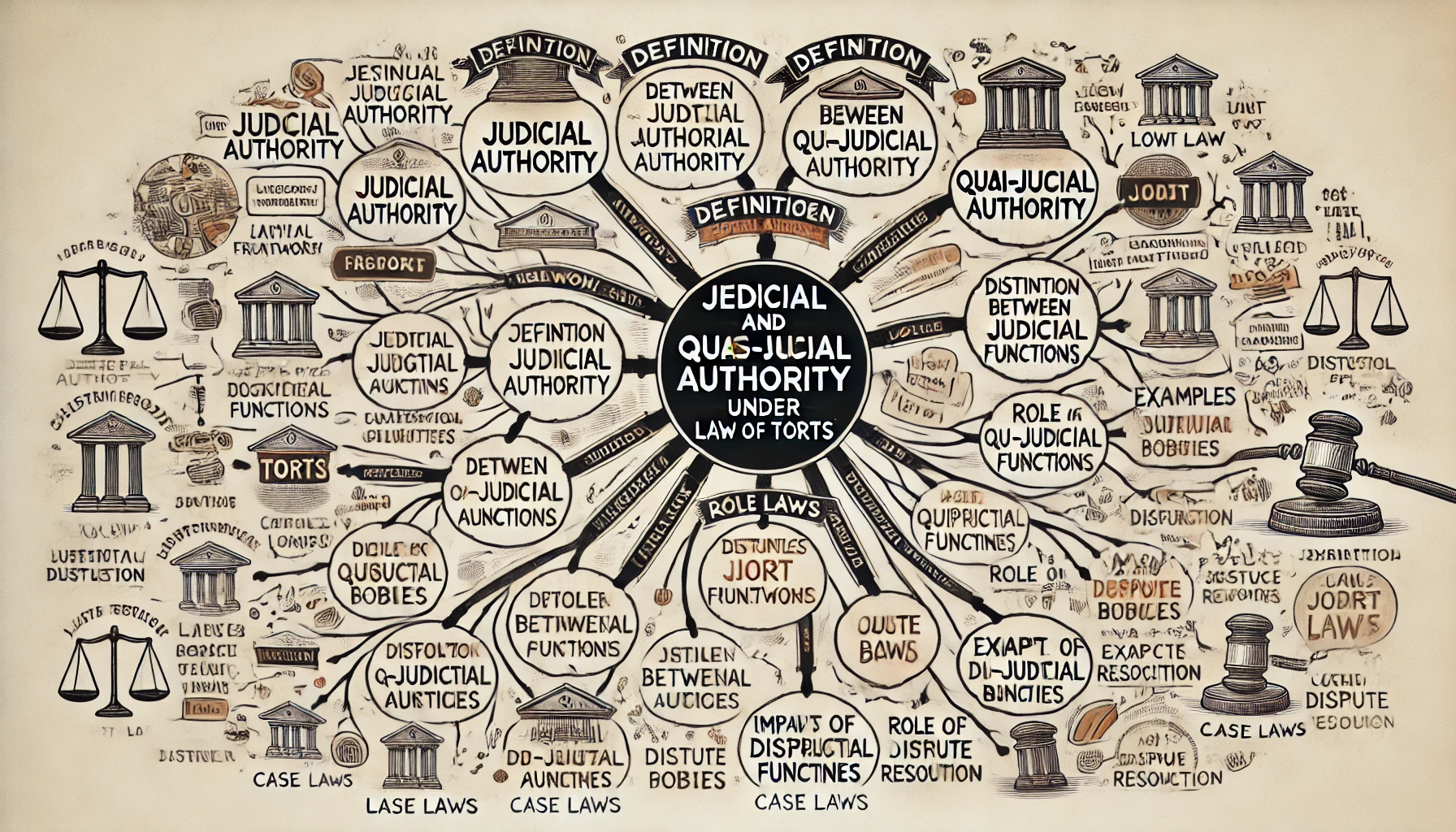
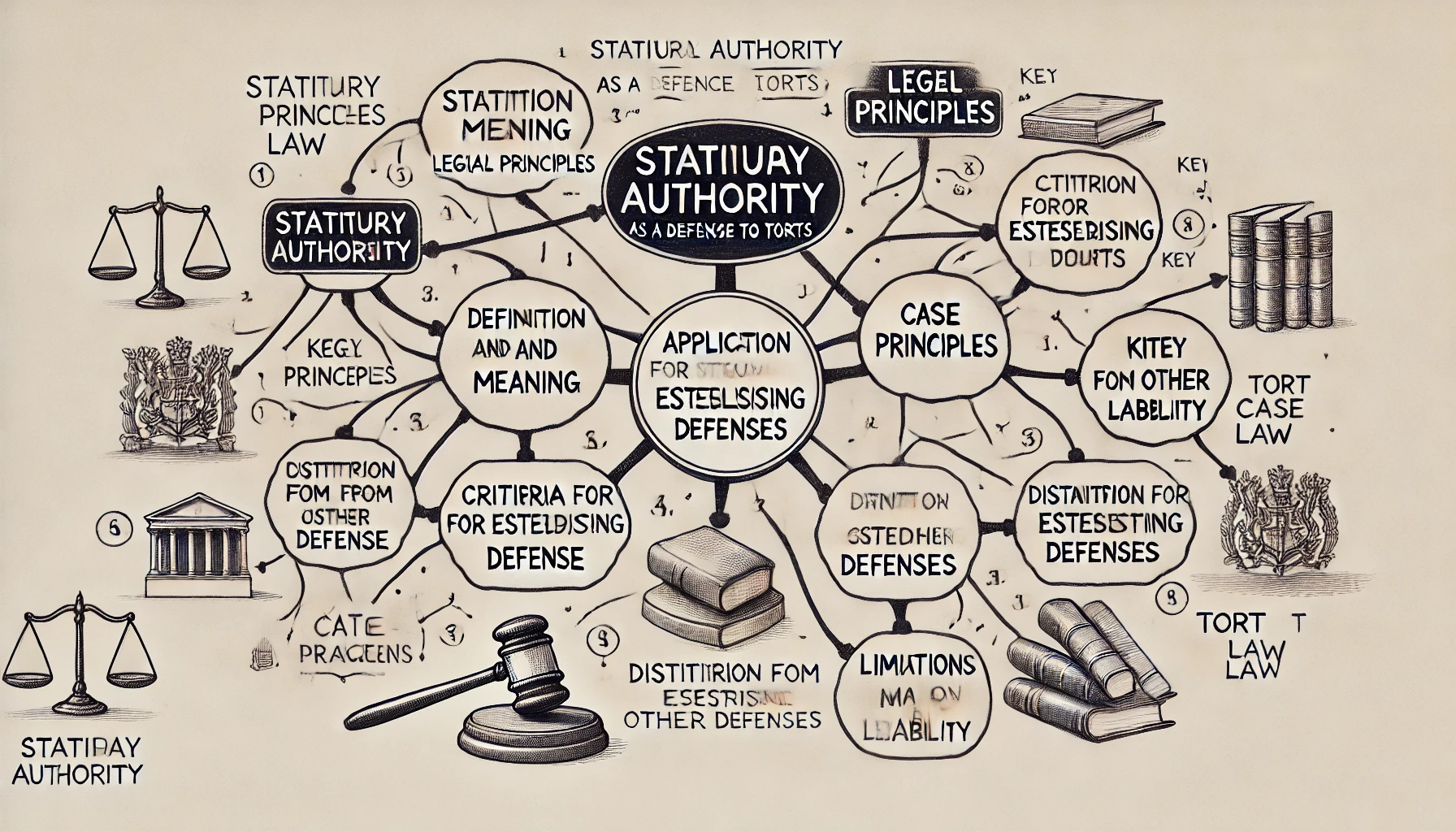
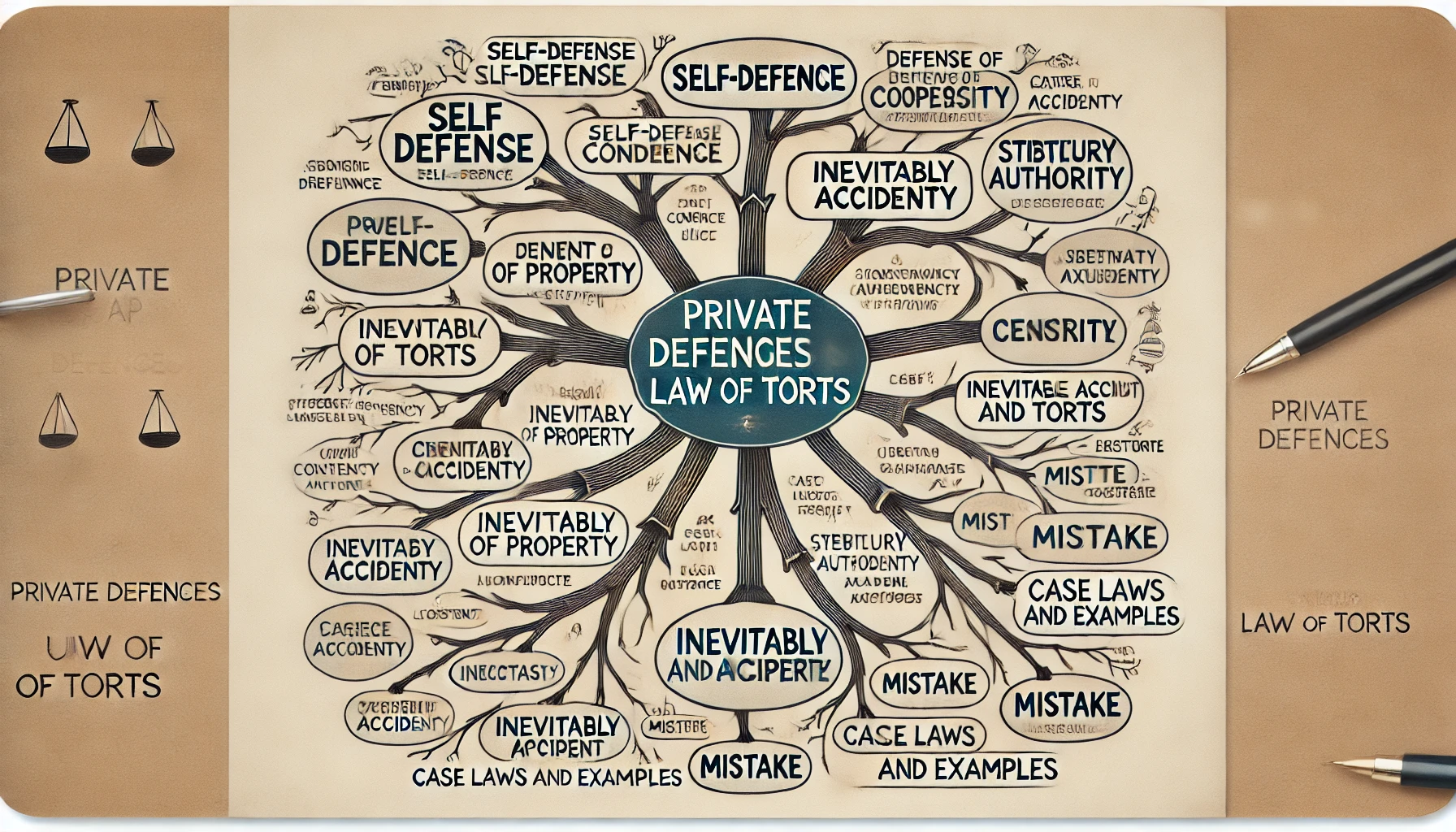
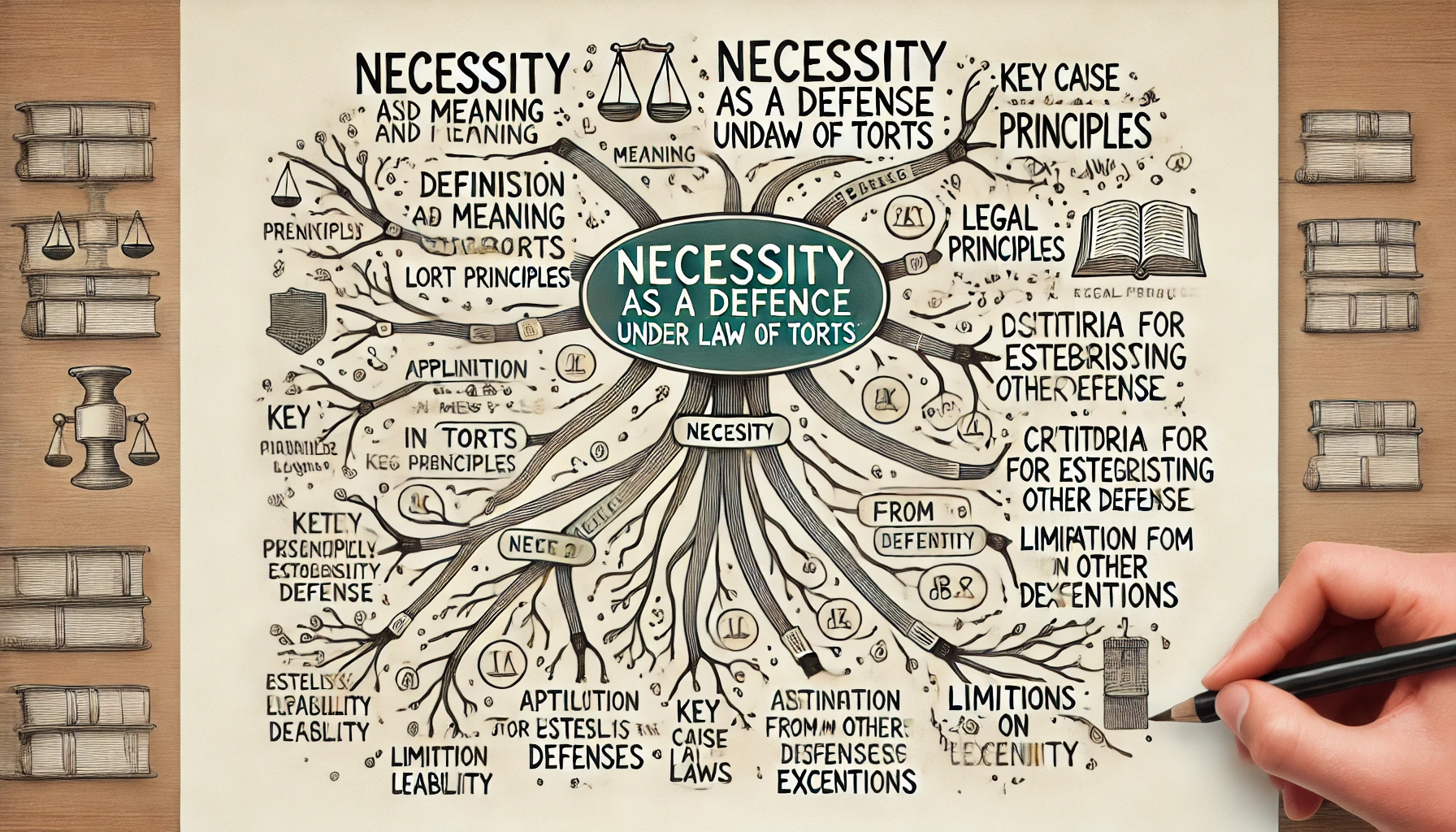
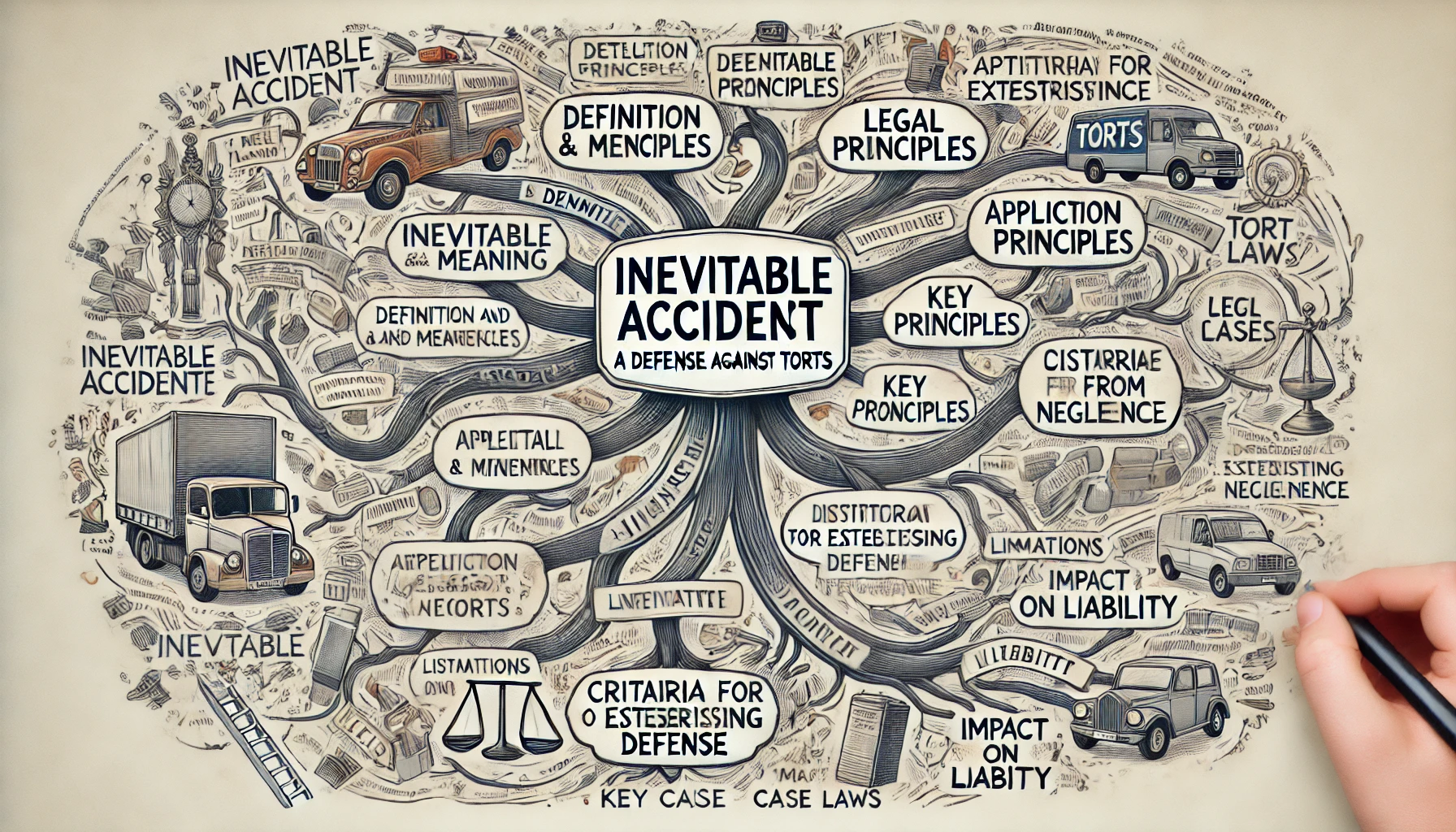

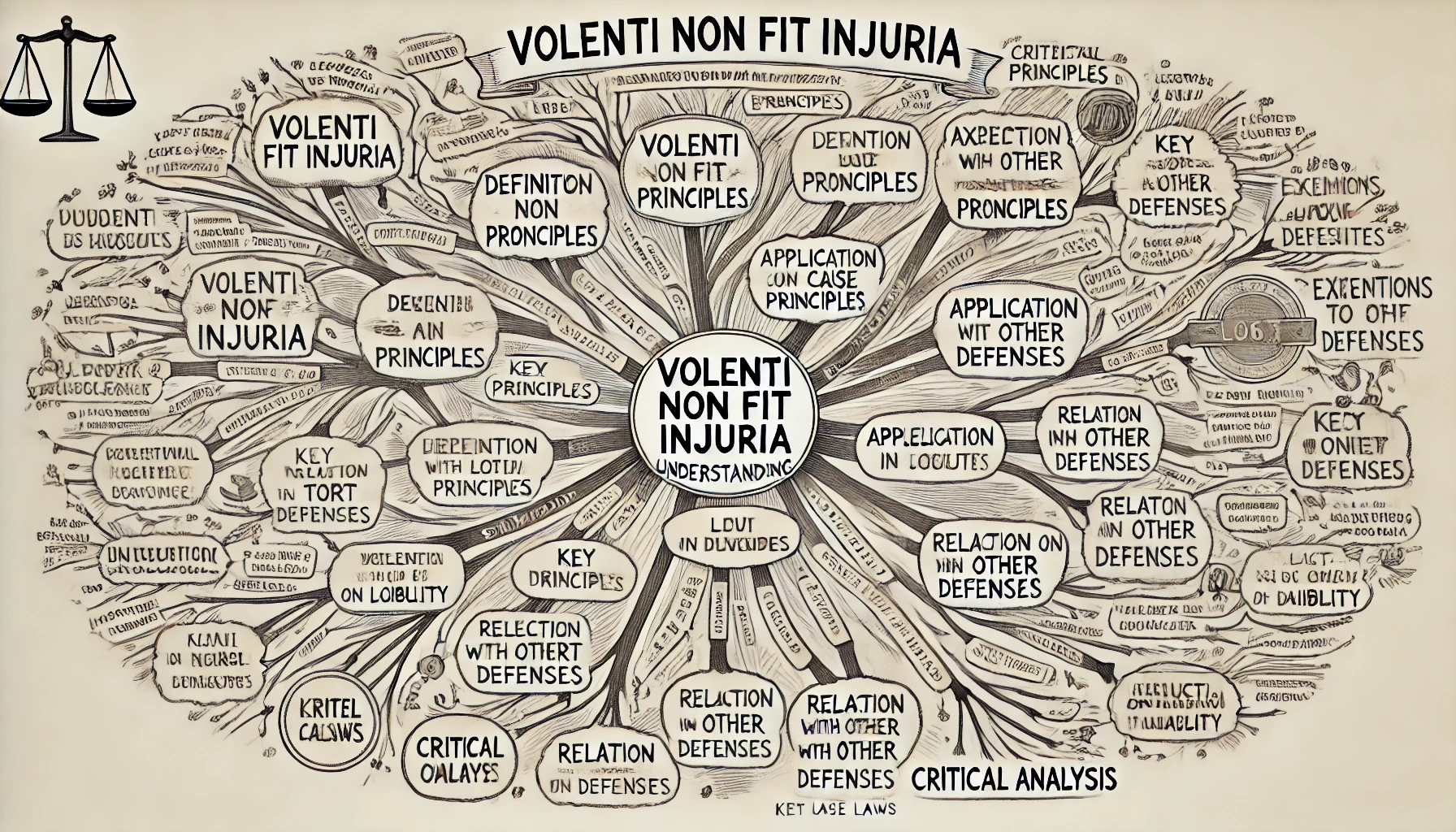

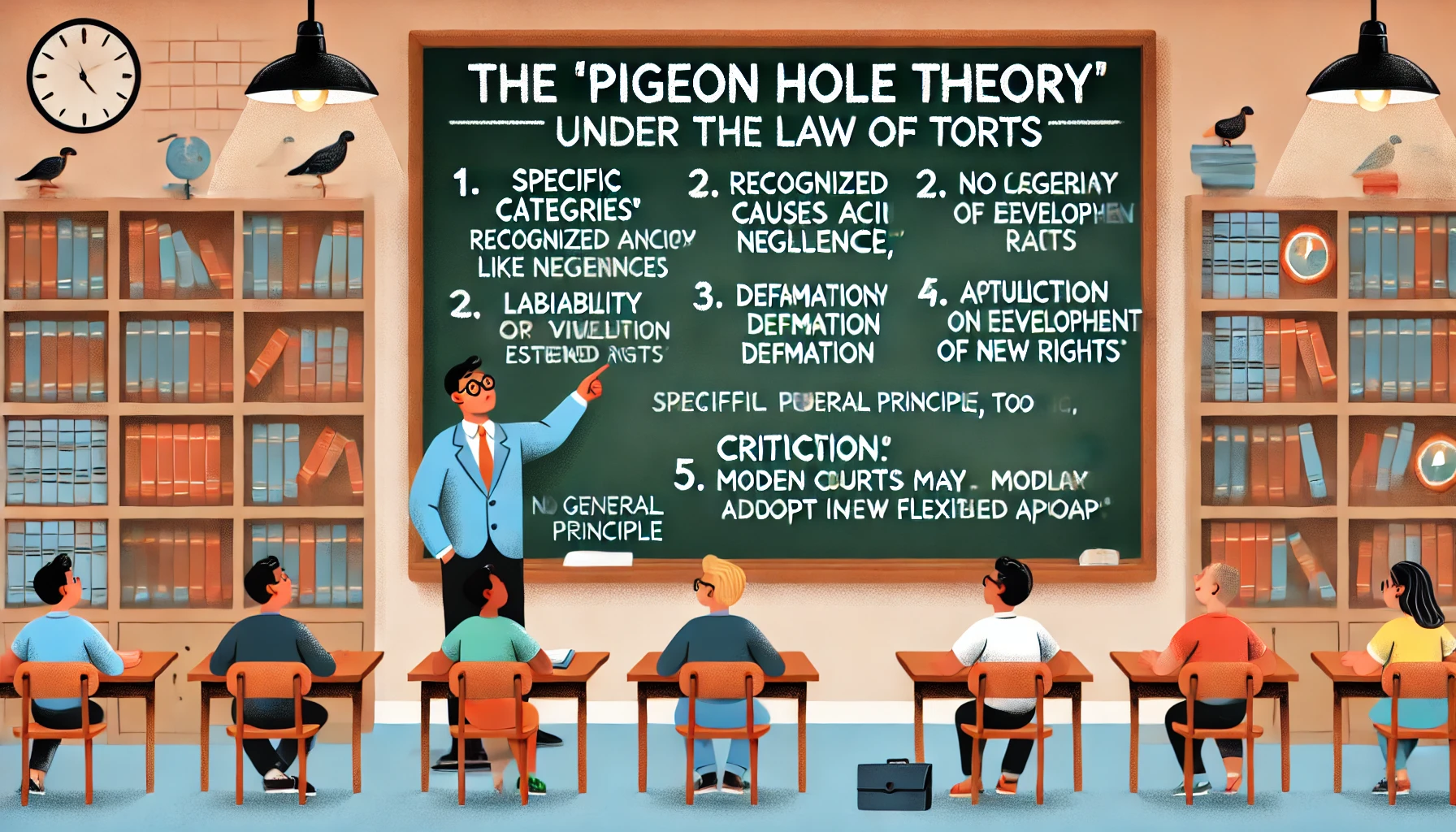
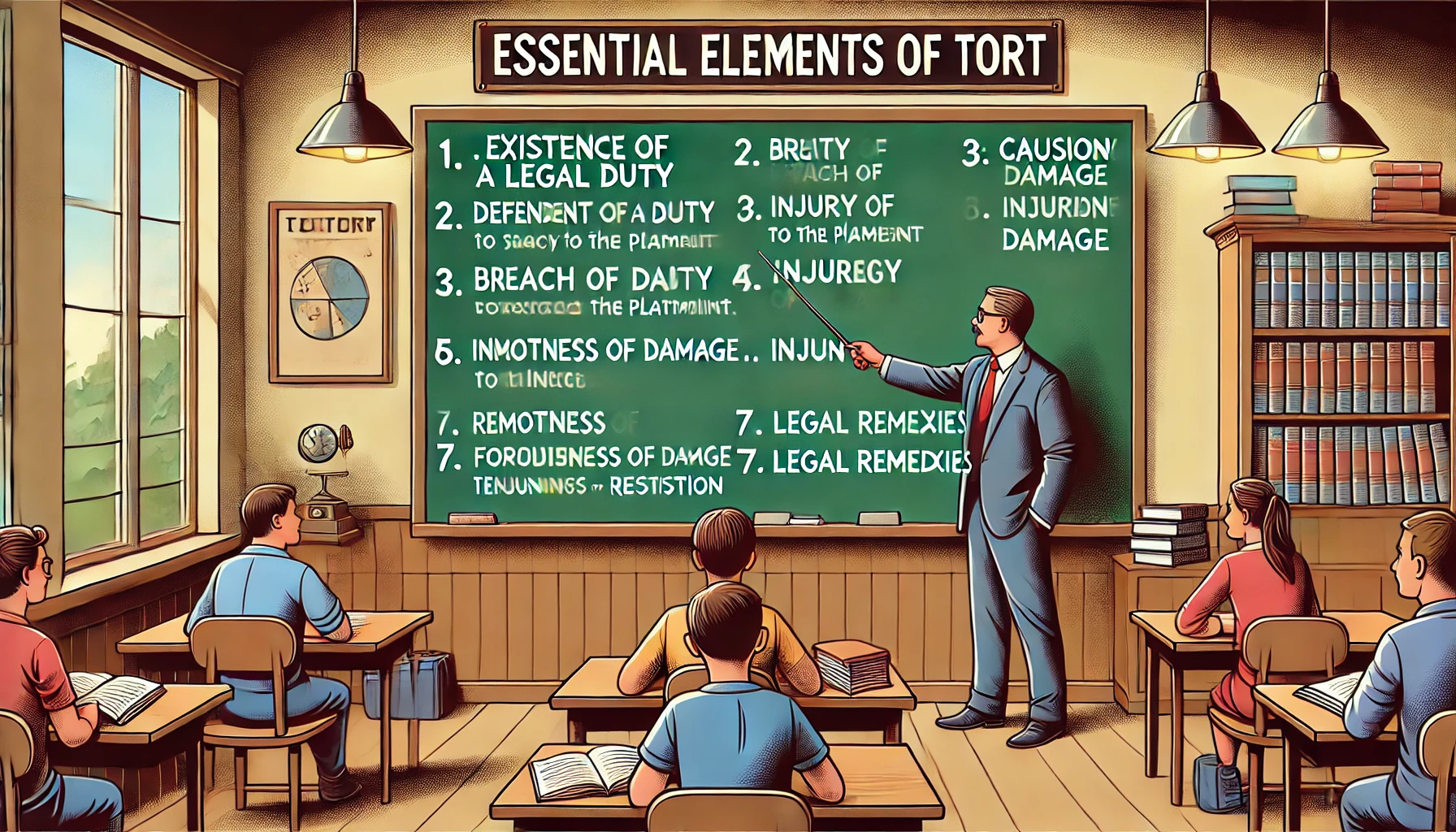
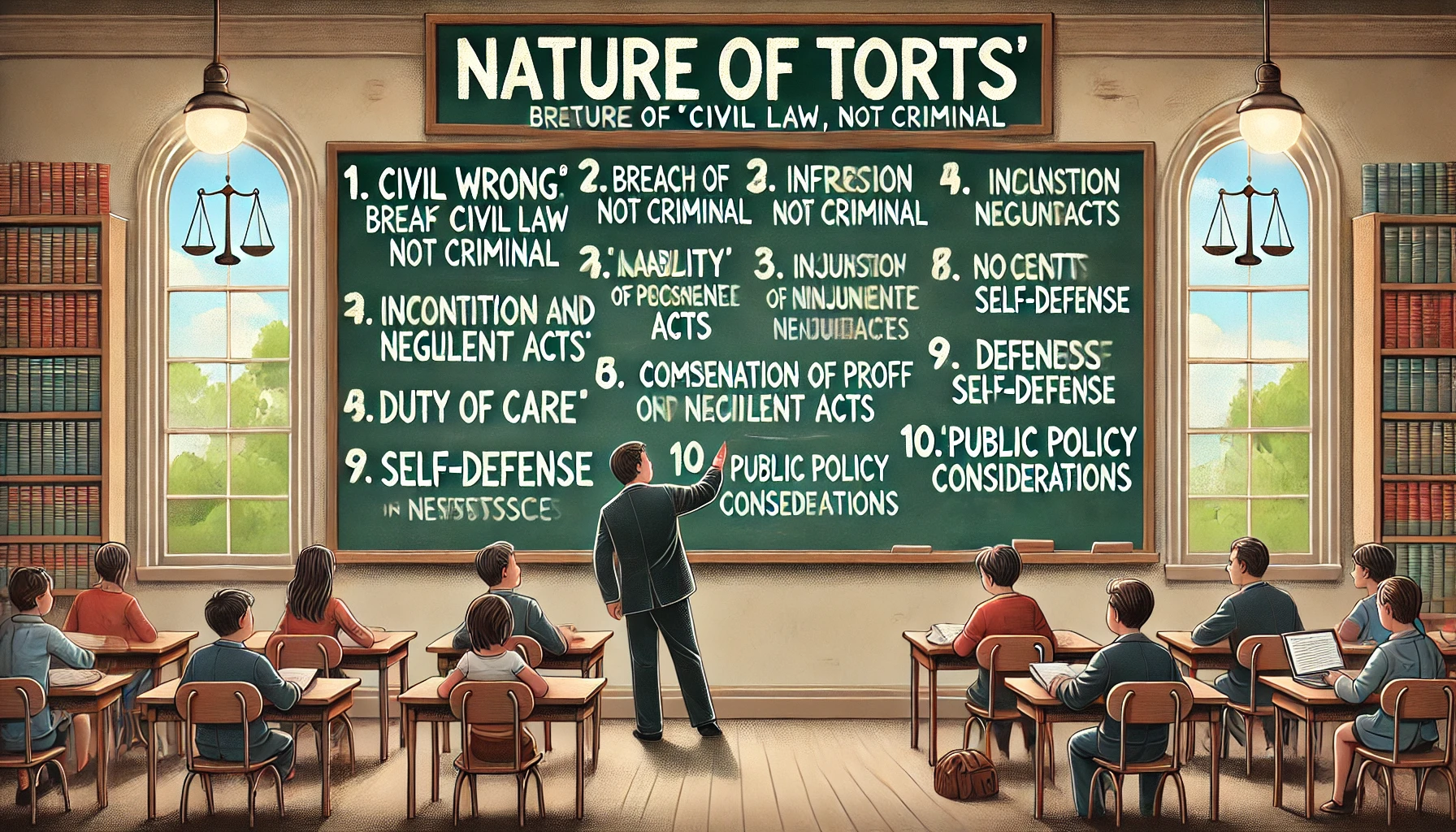





















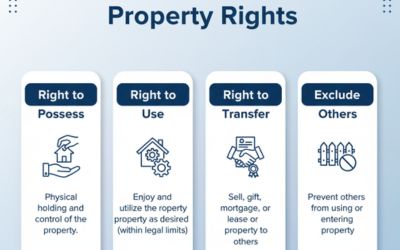

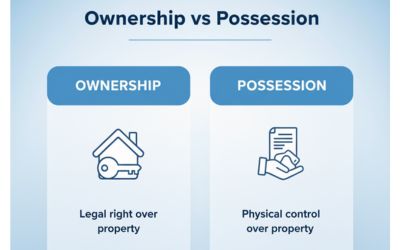
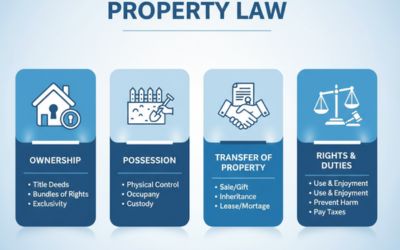

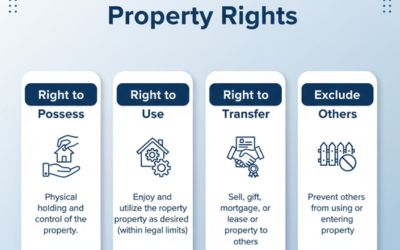
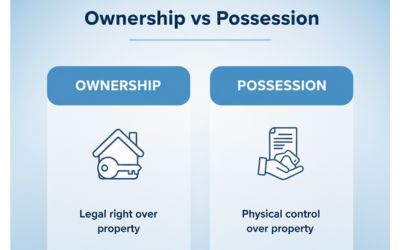
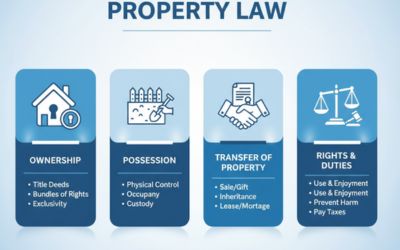
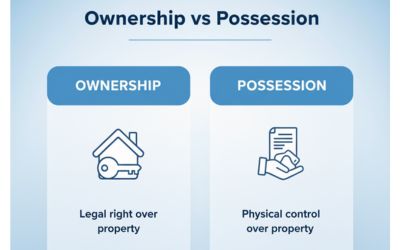
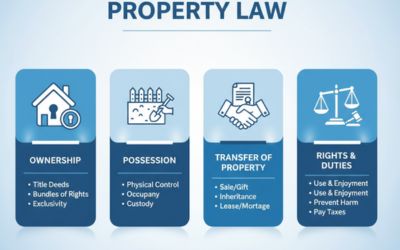
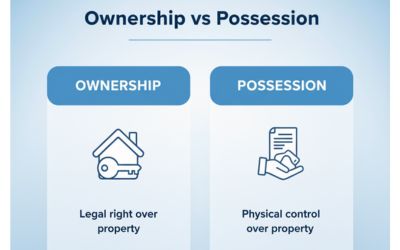

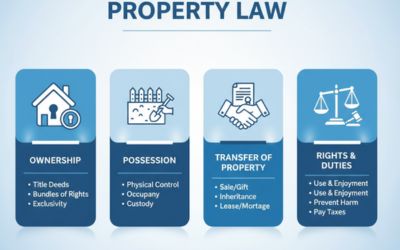


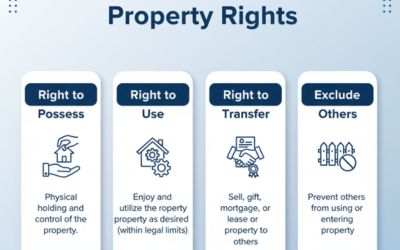

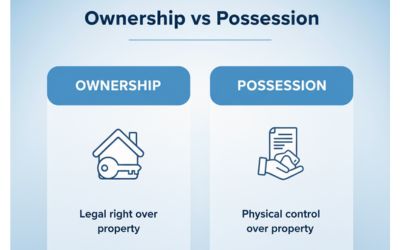



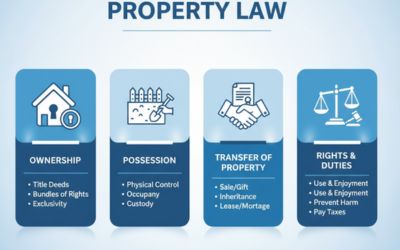
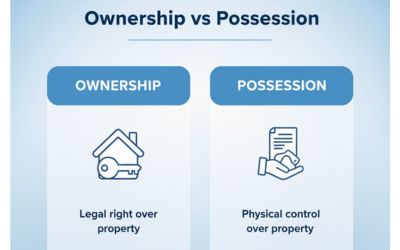
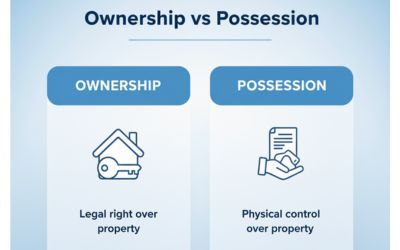

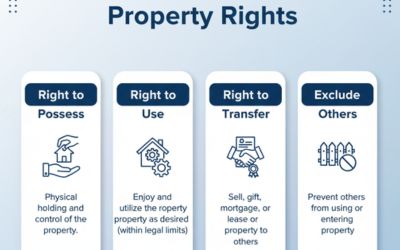
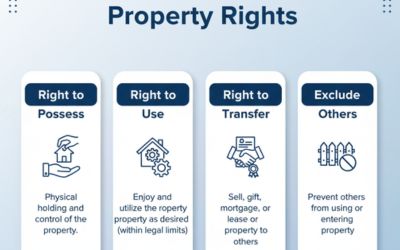
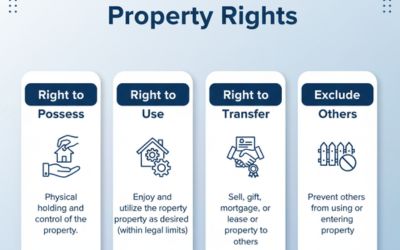
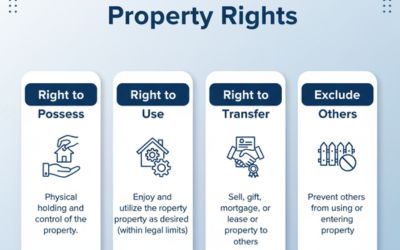


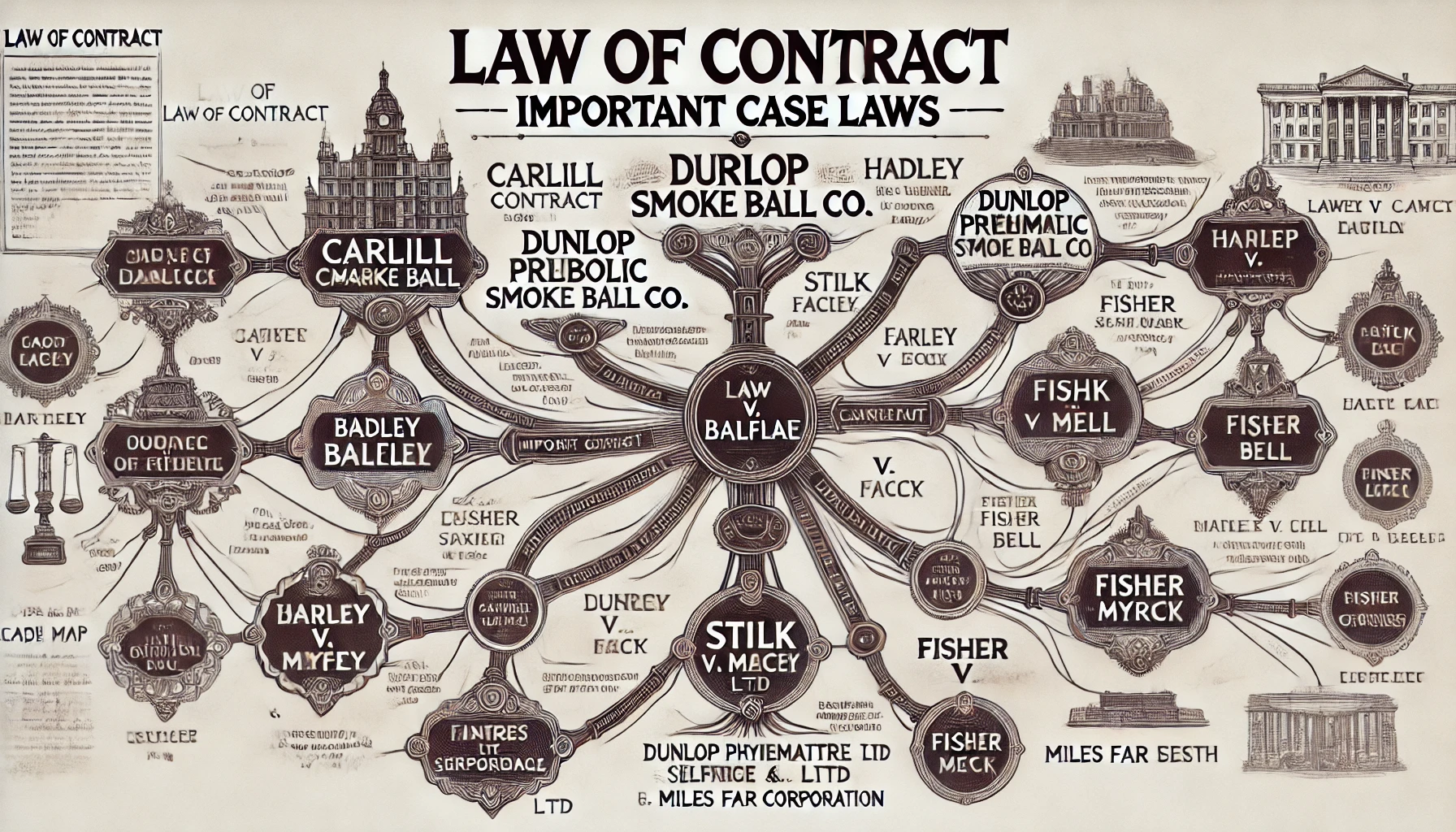



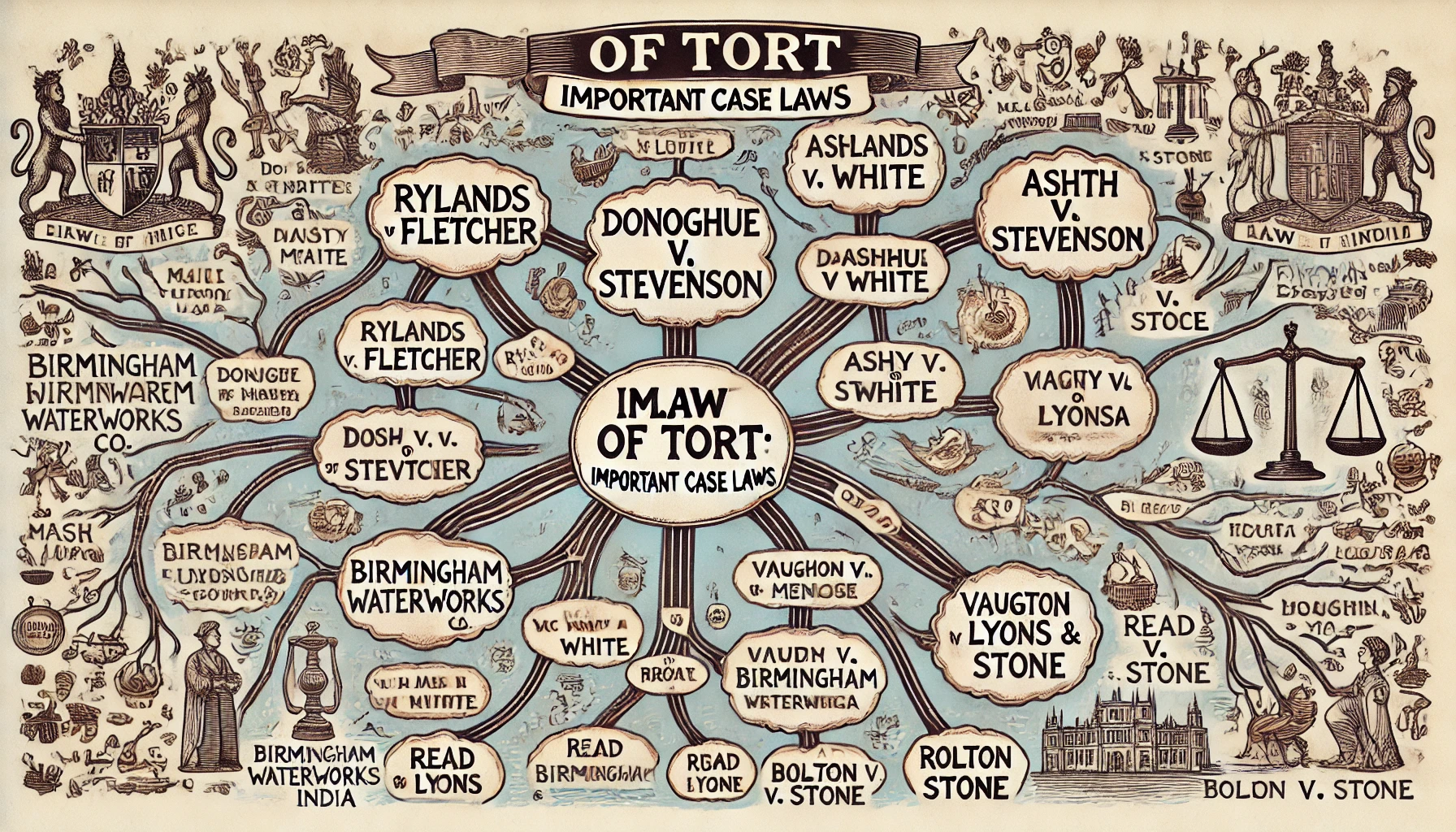









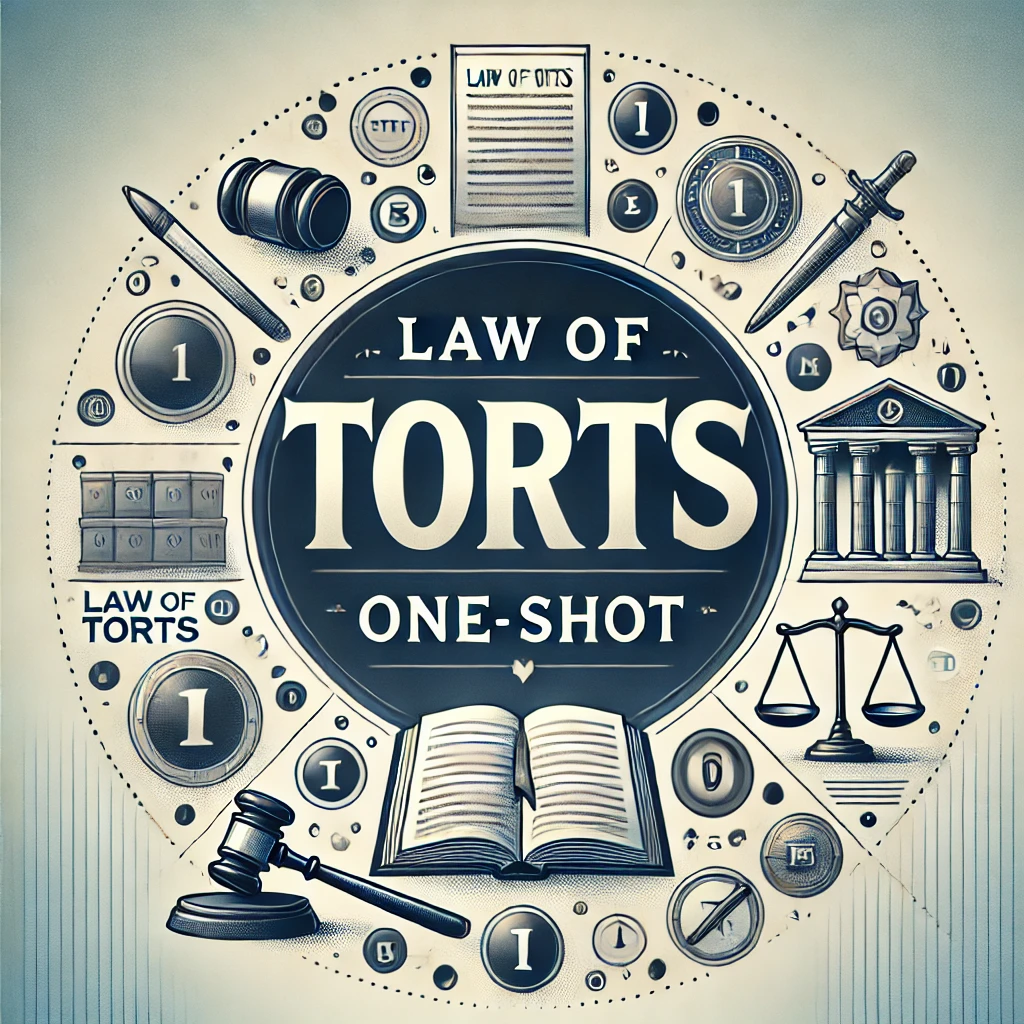

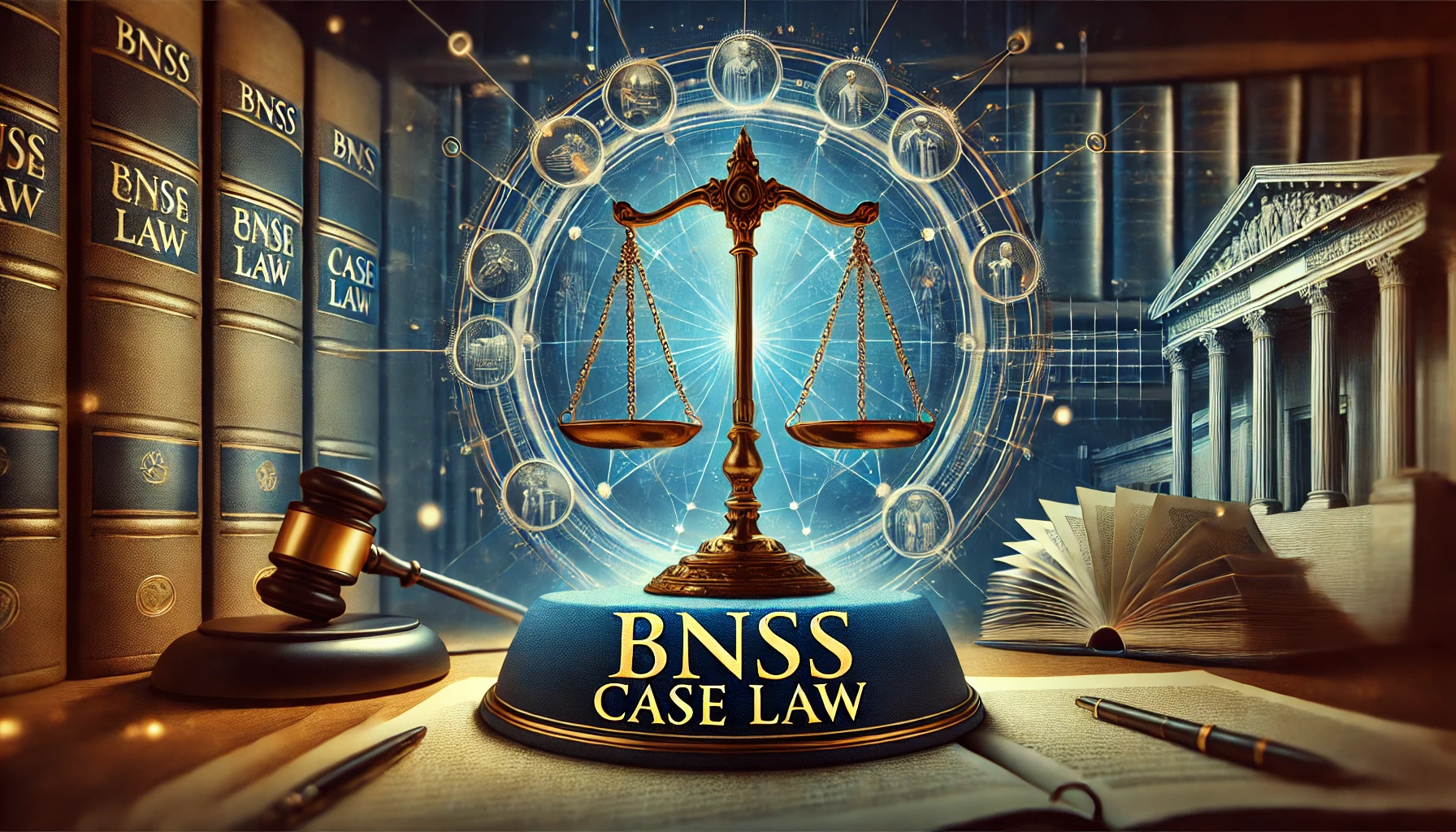
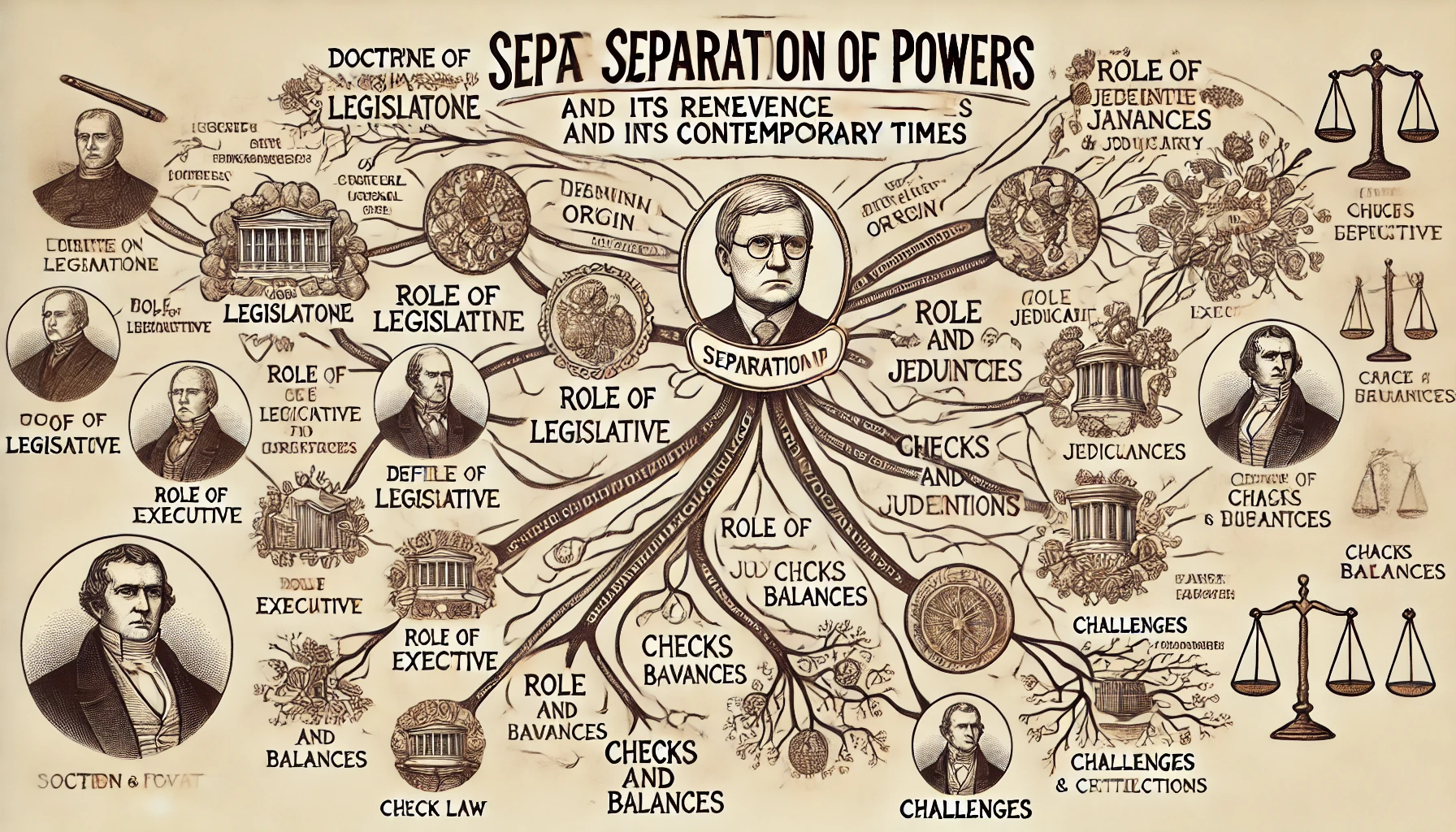





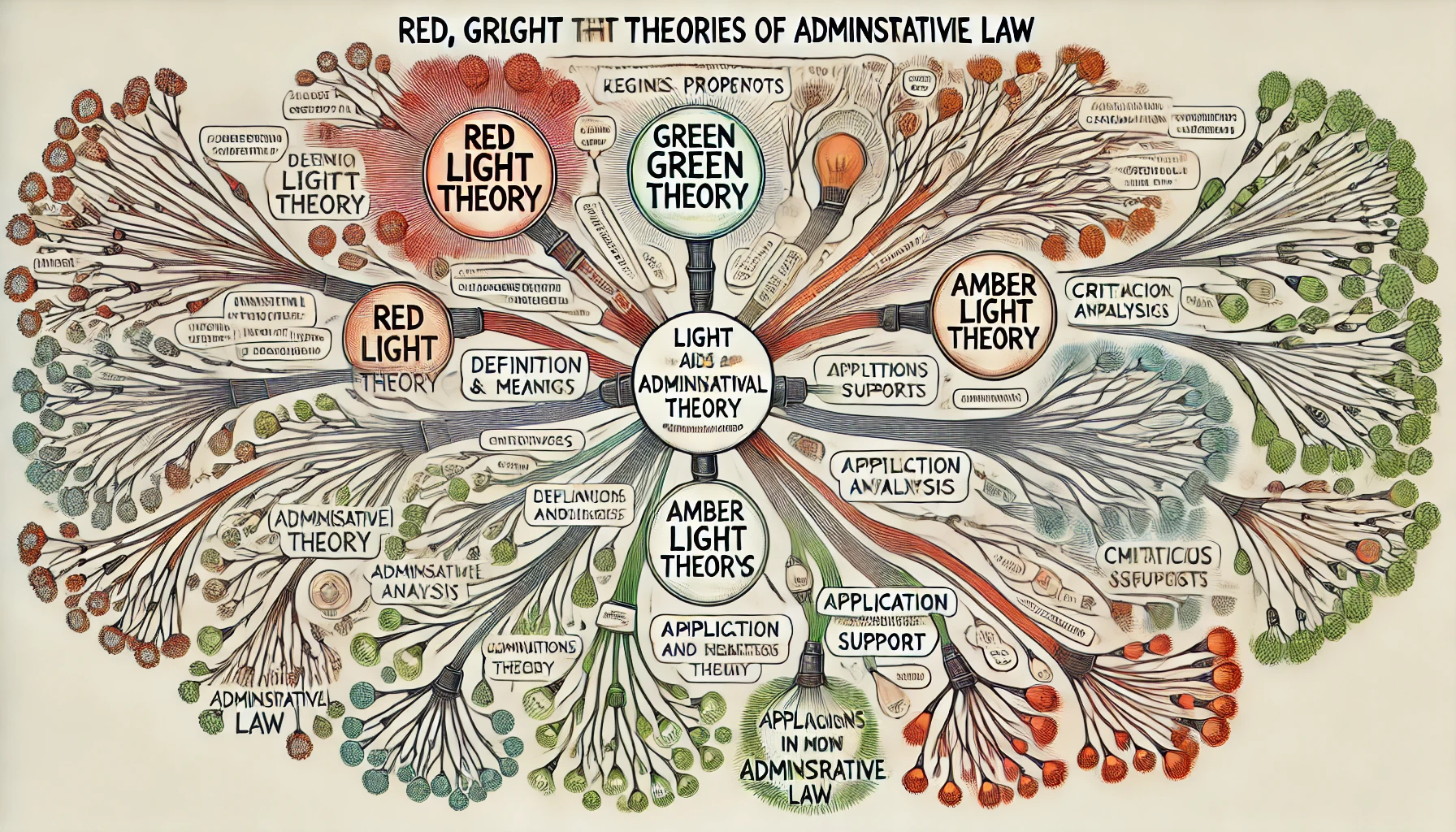

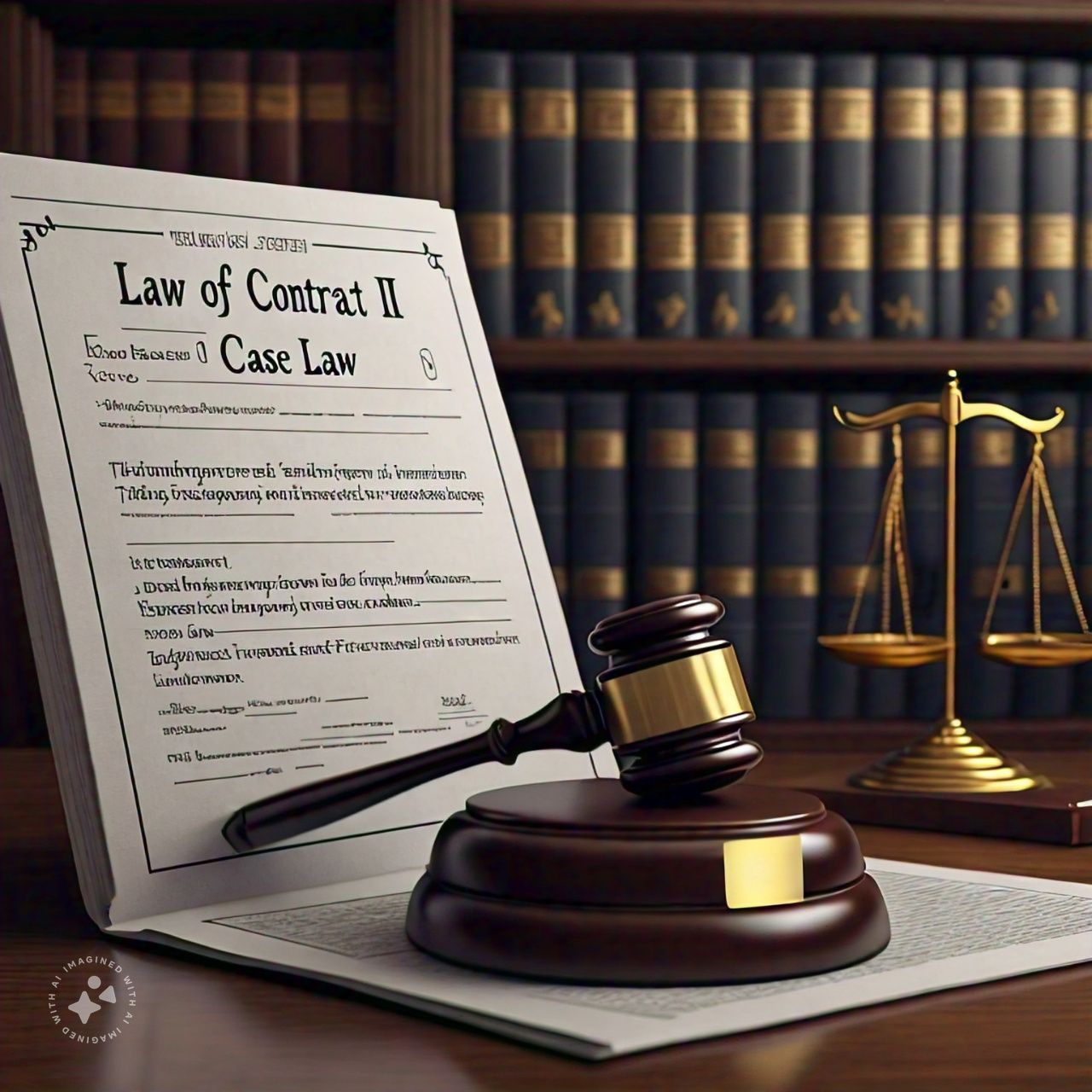
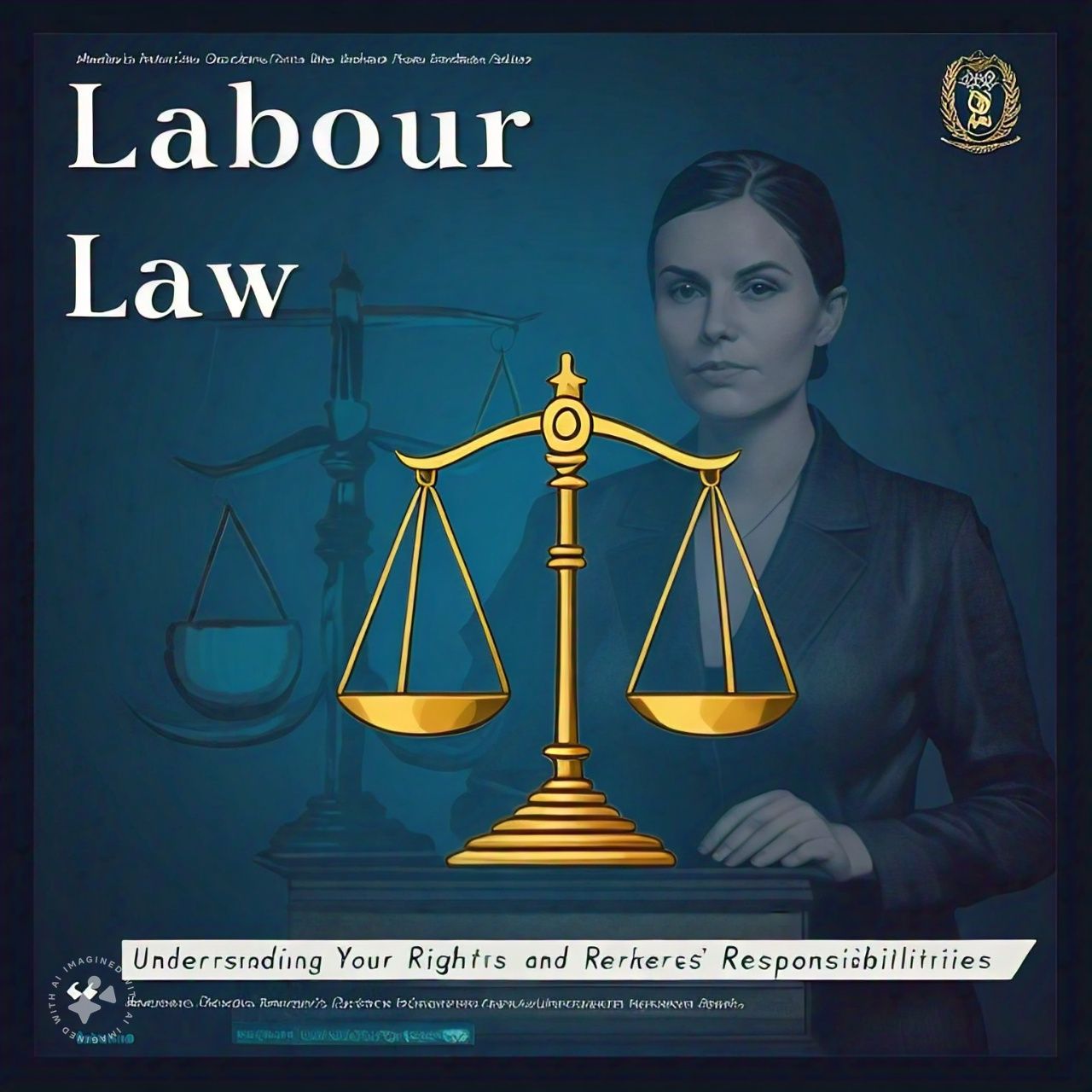
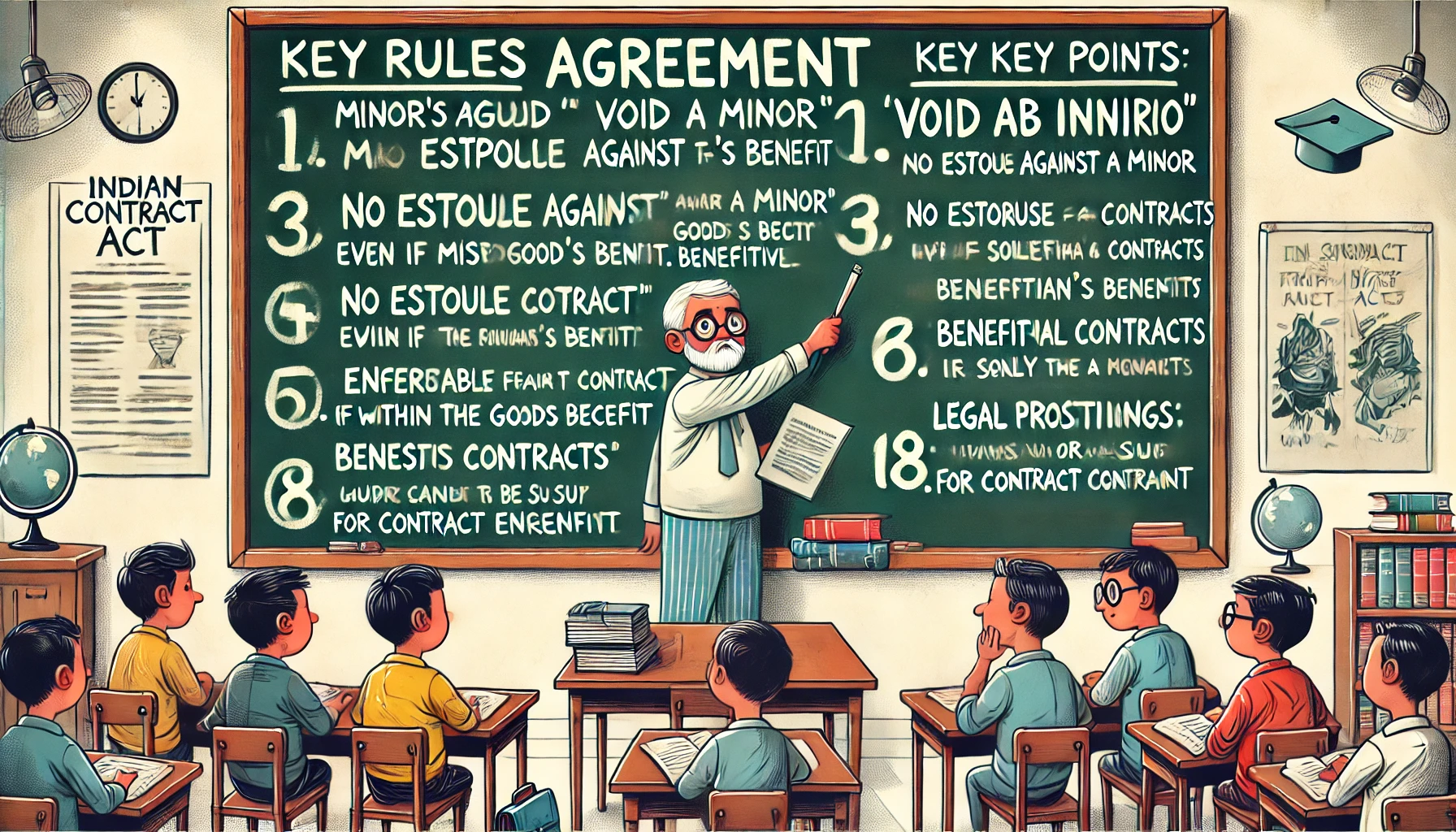
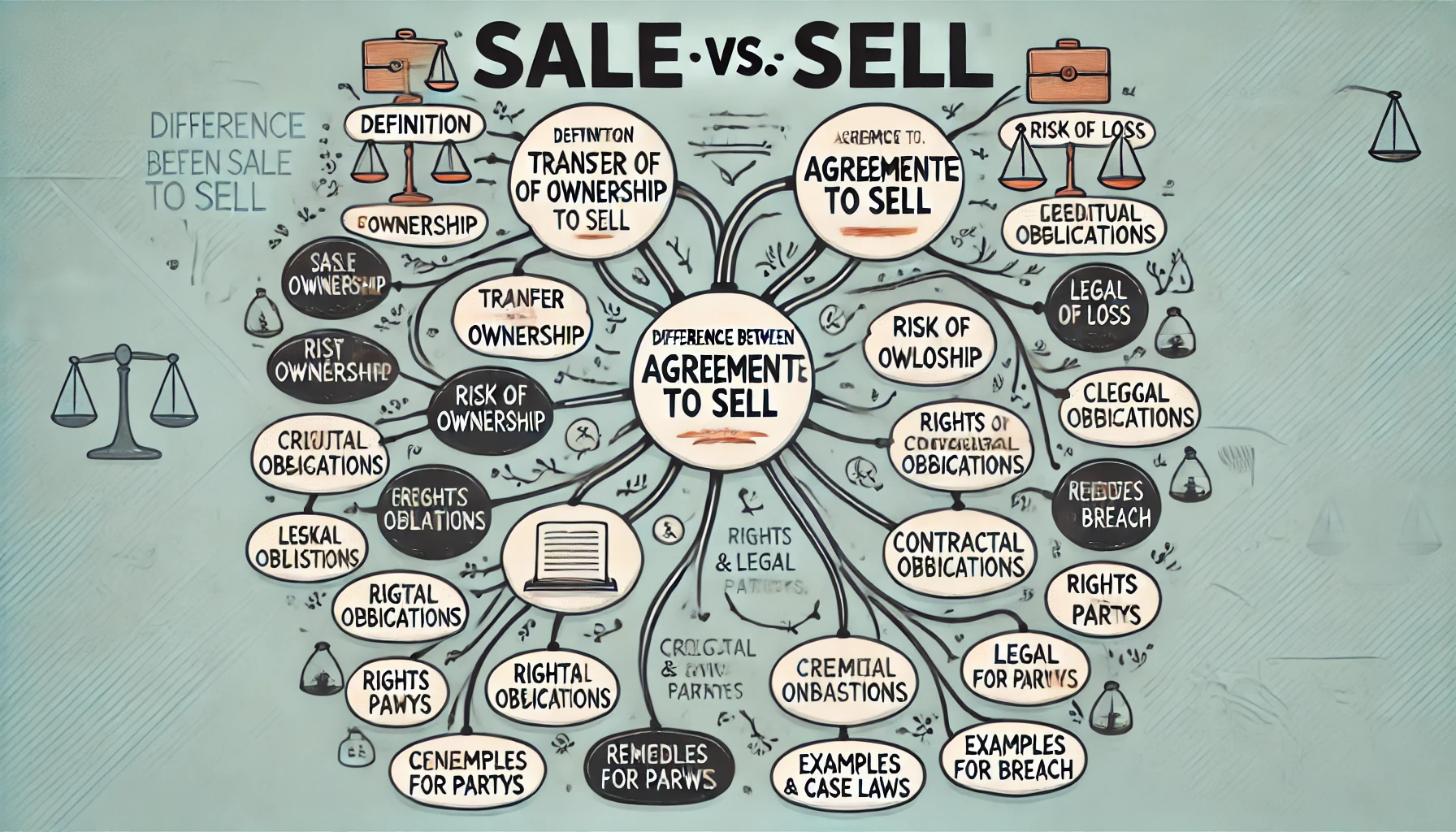


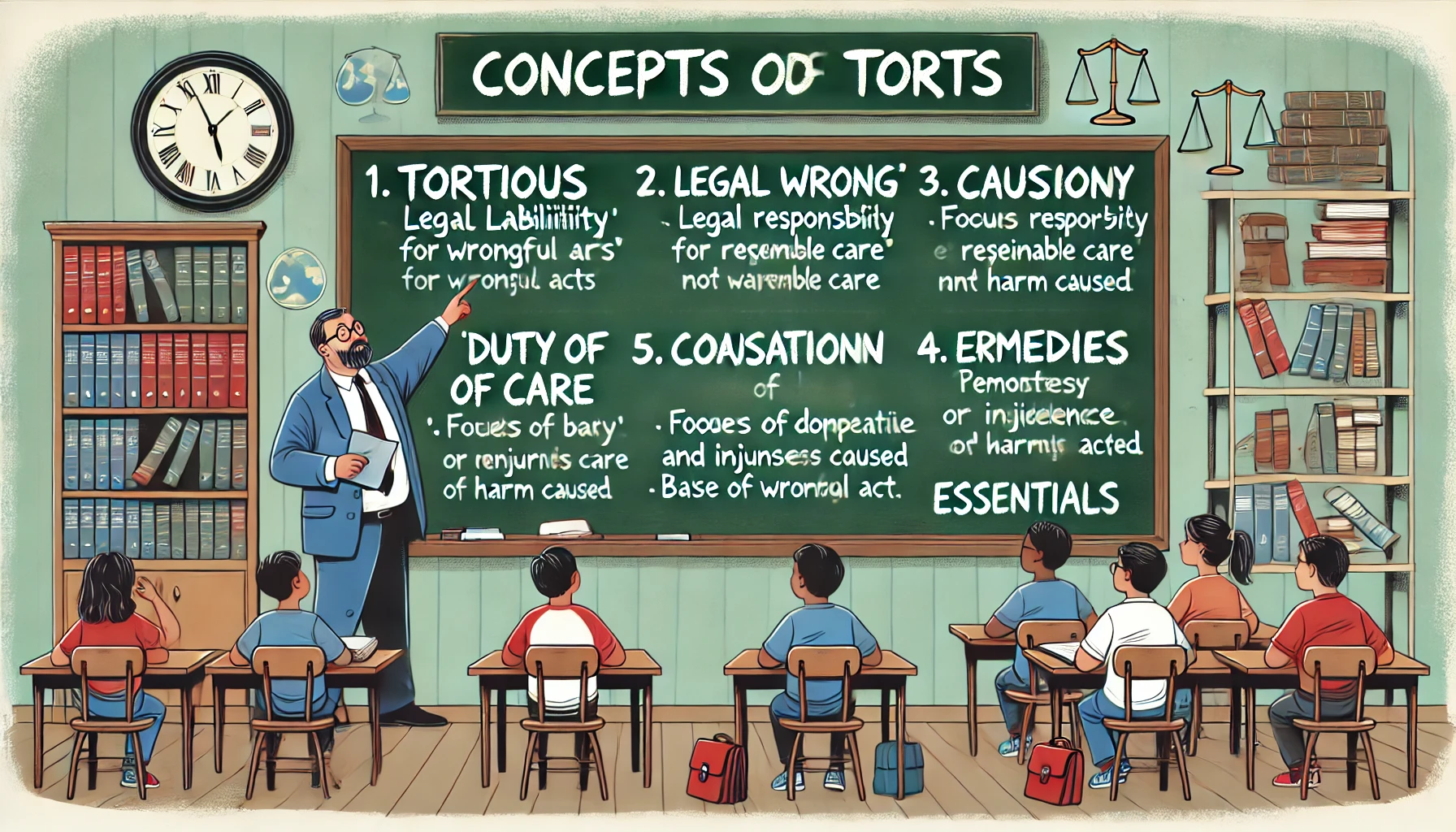
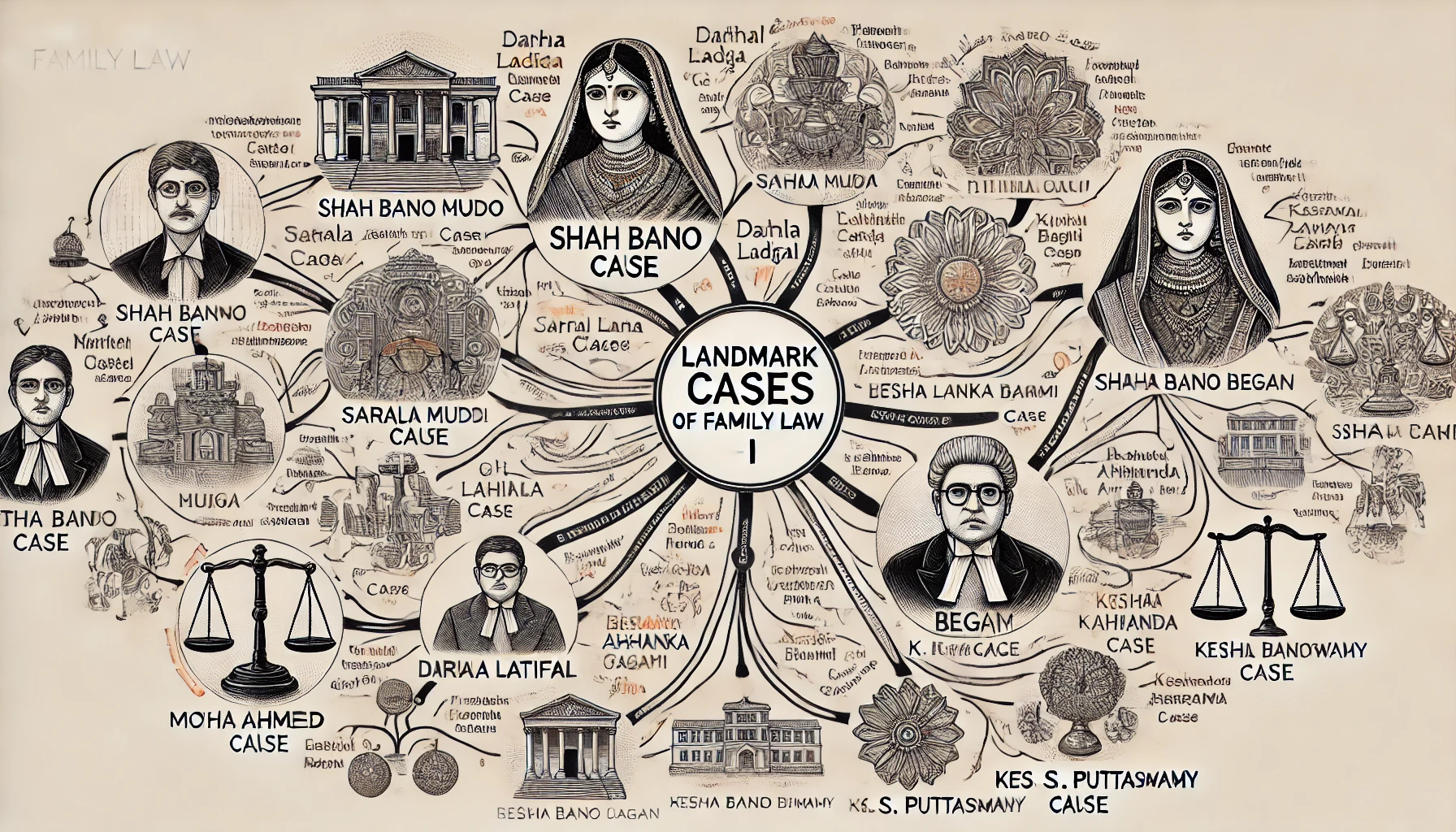

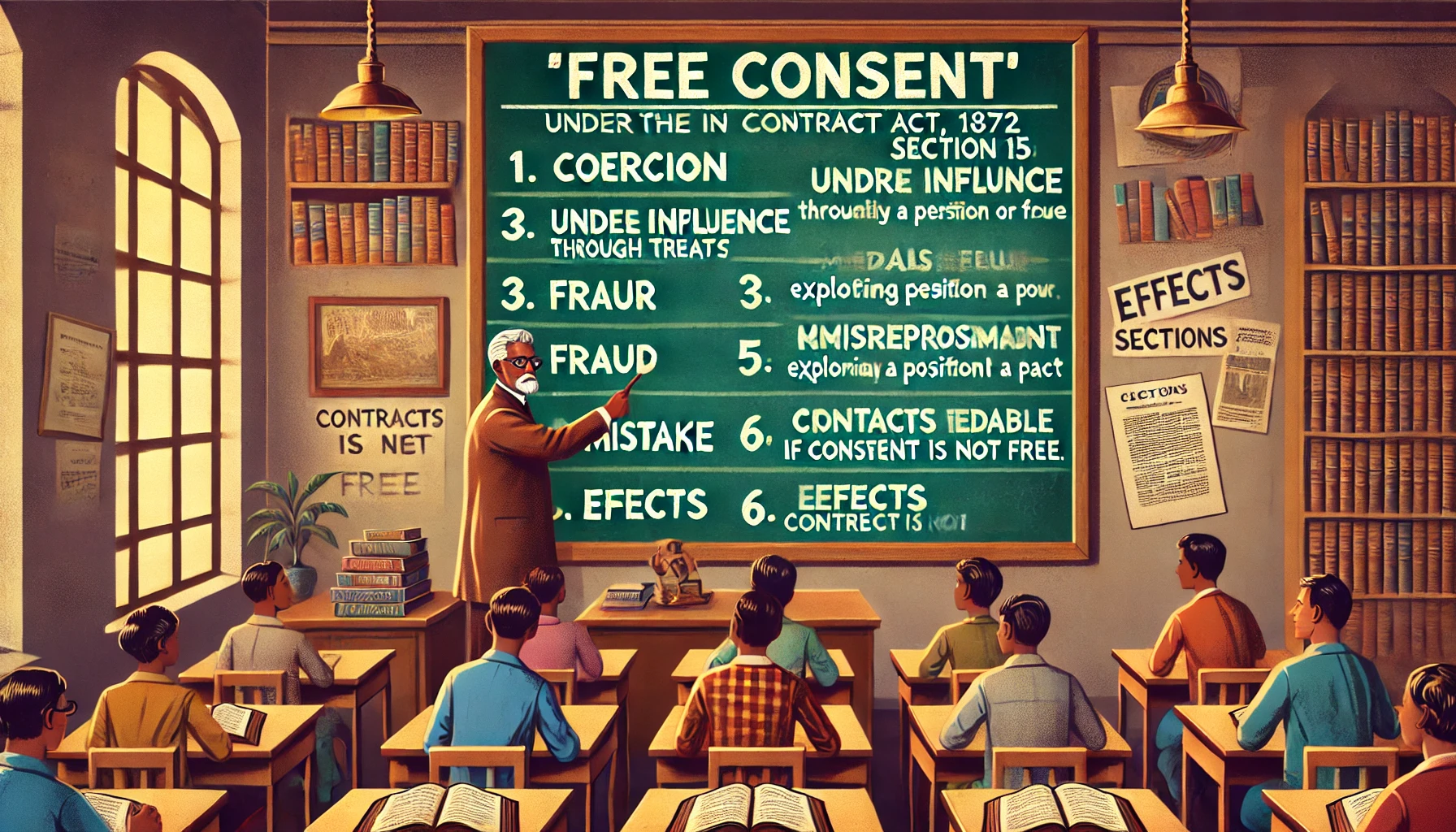


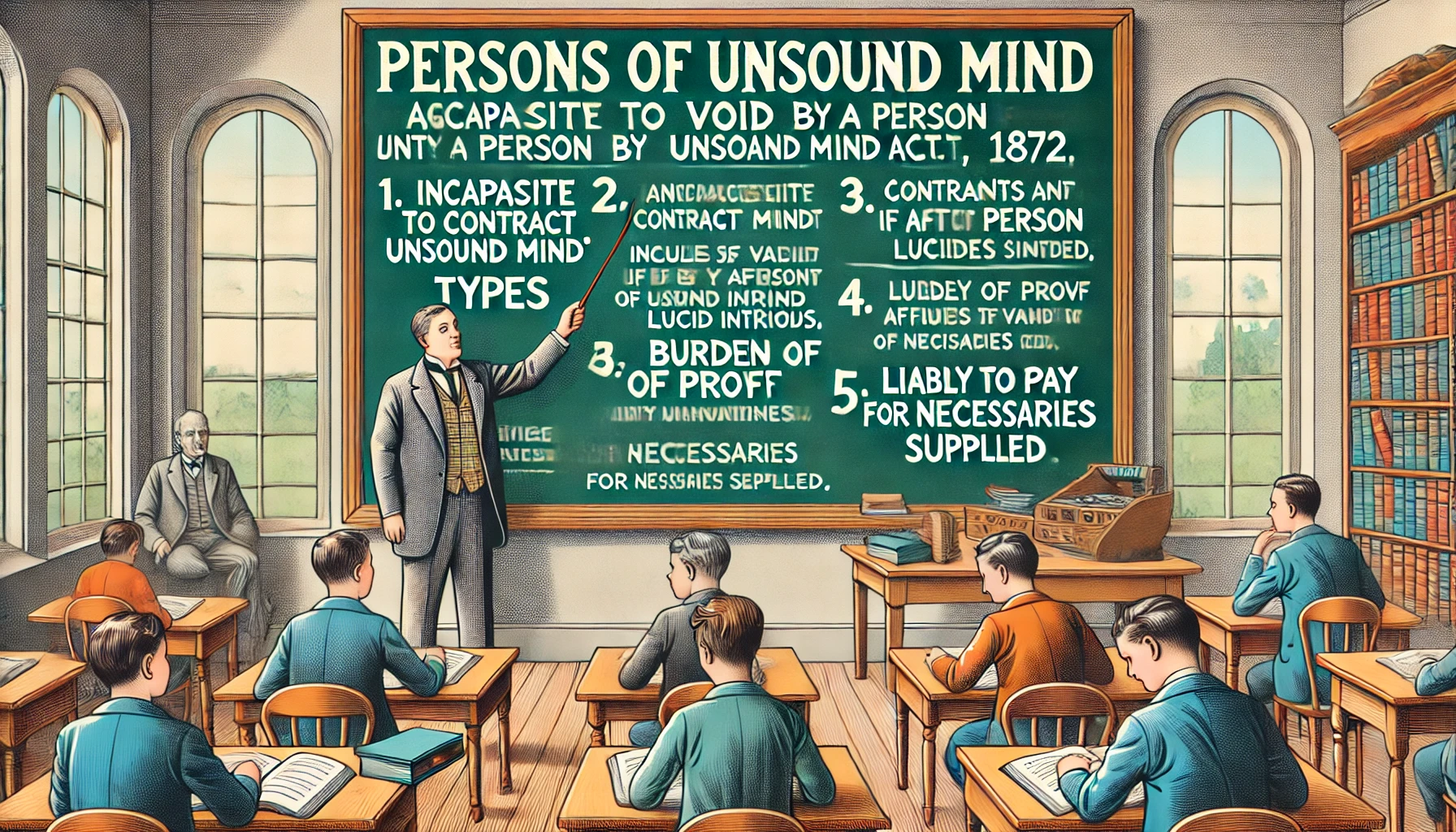
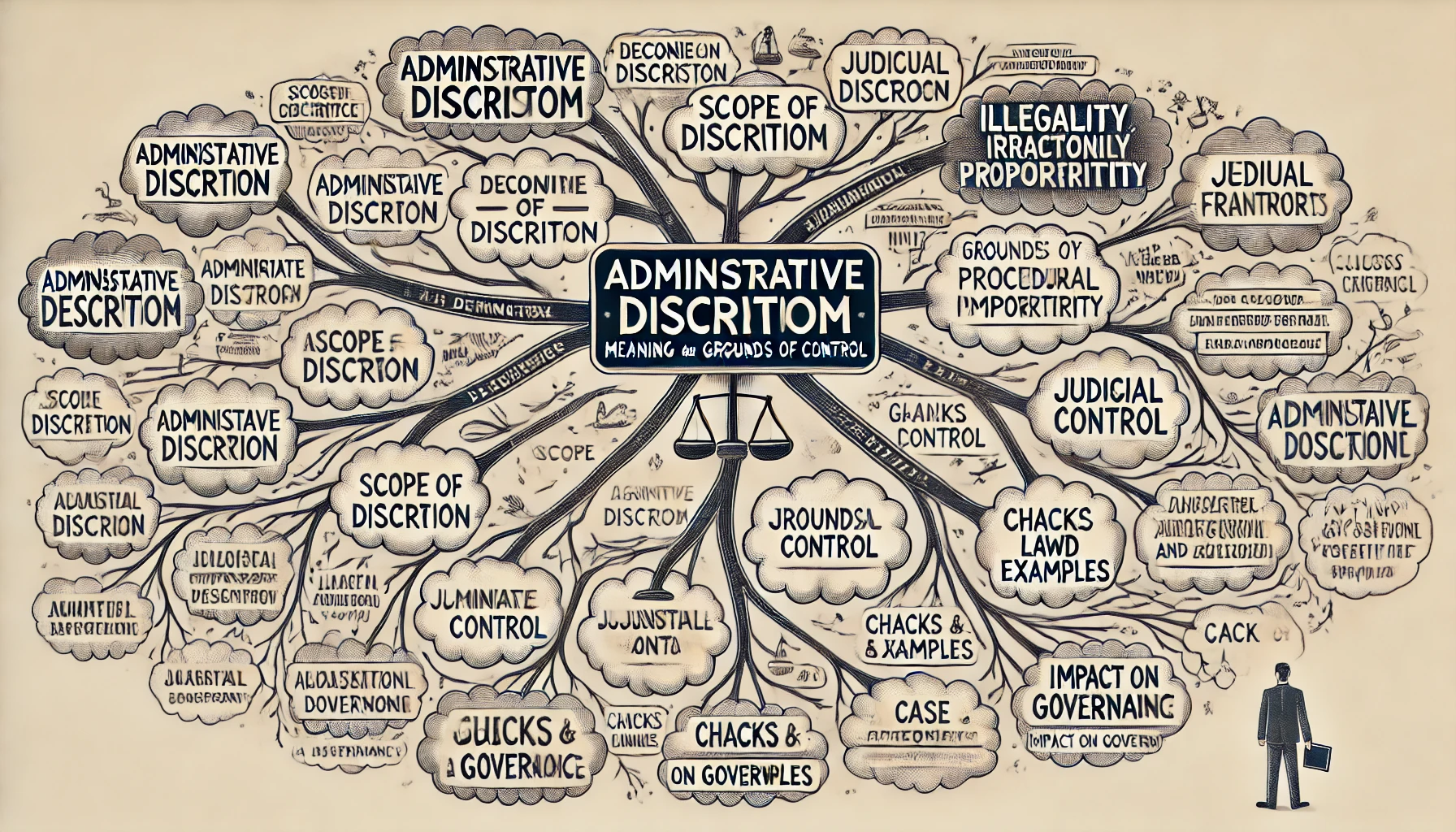
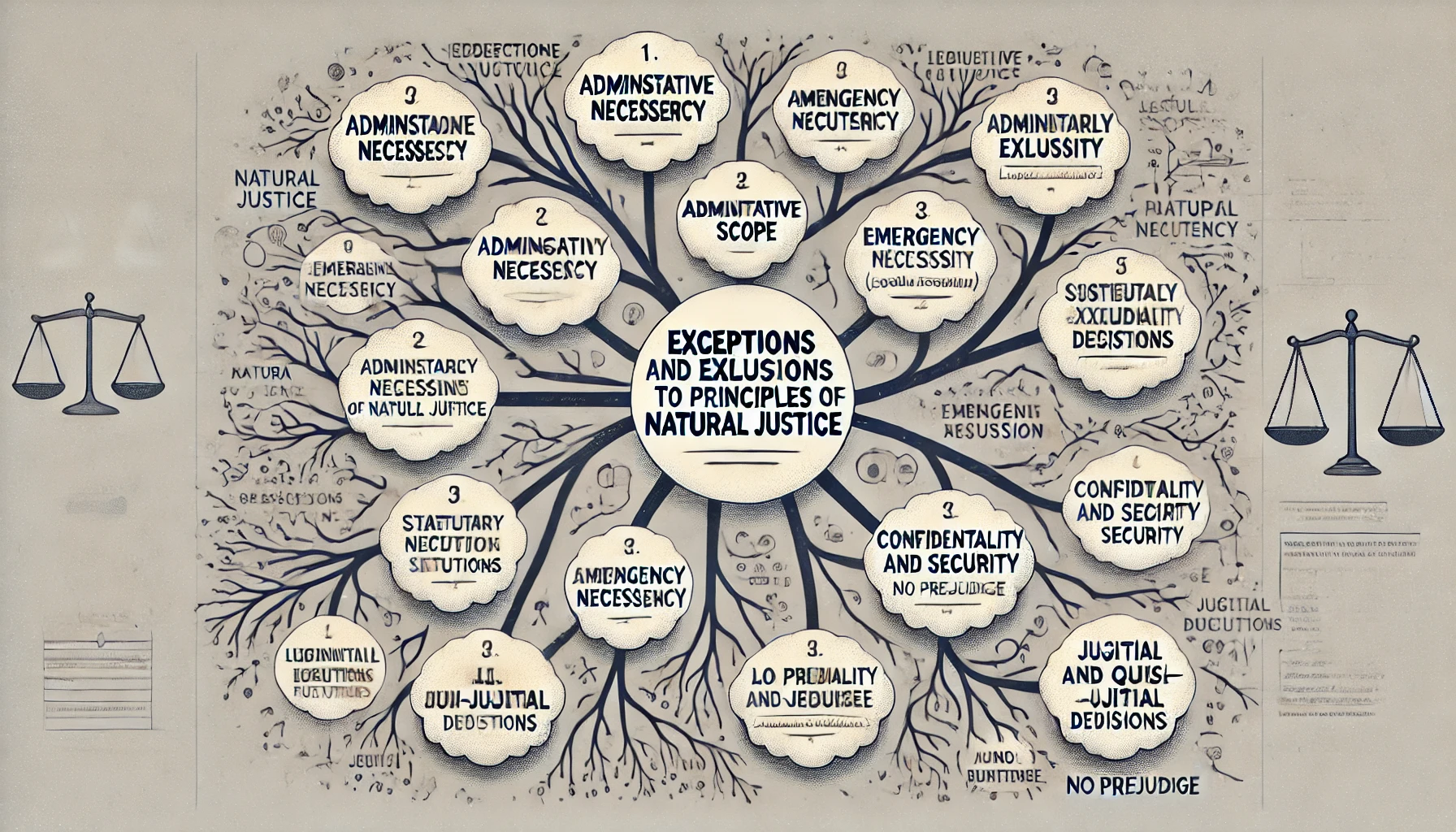



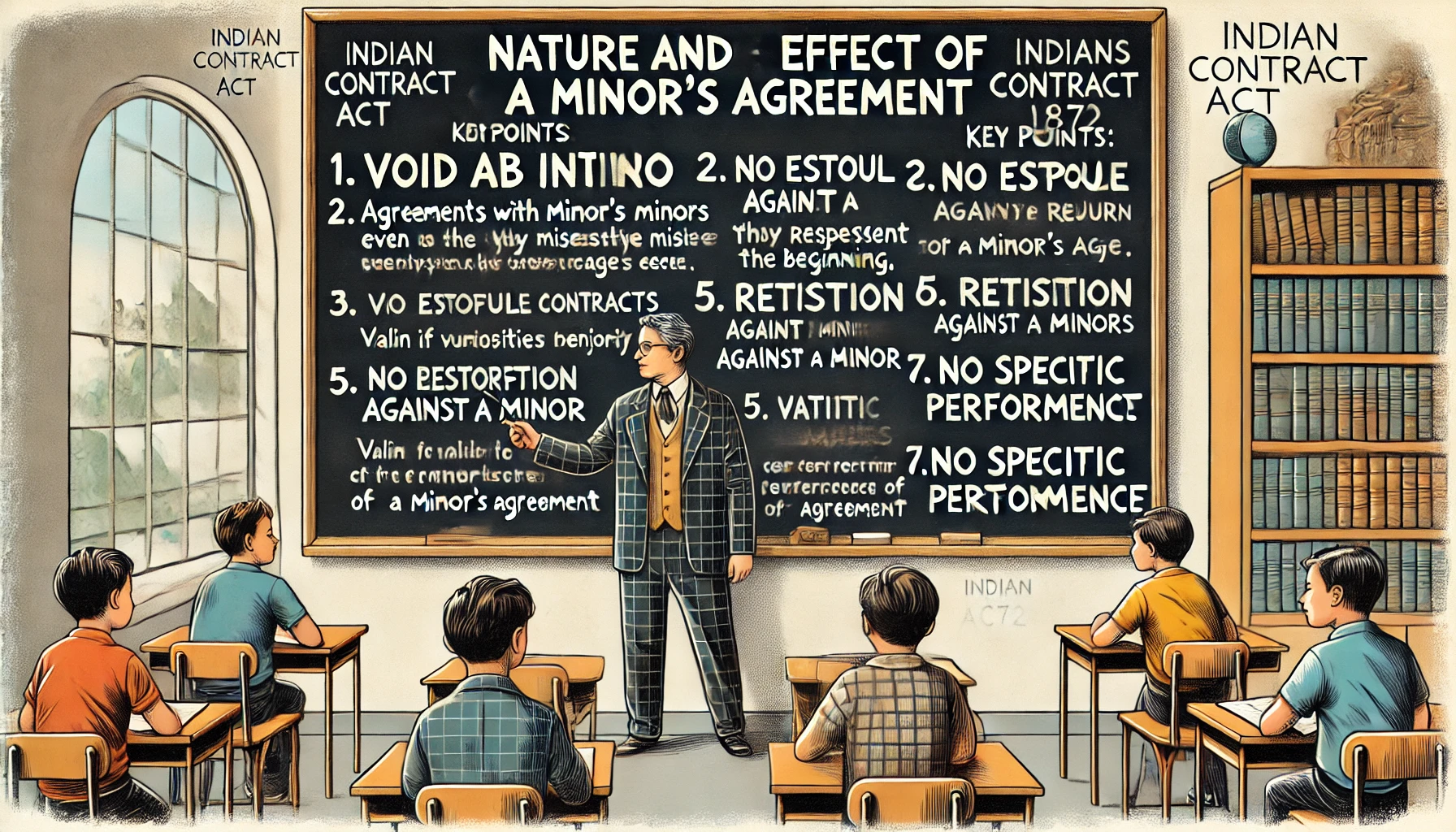


Comment
Nothing for now